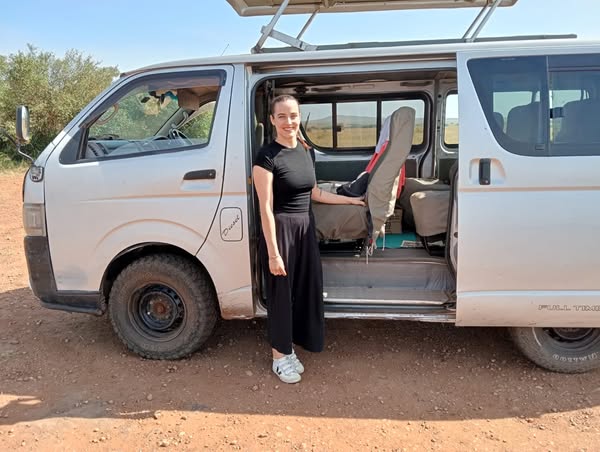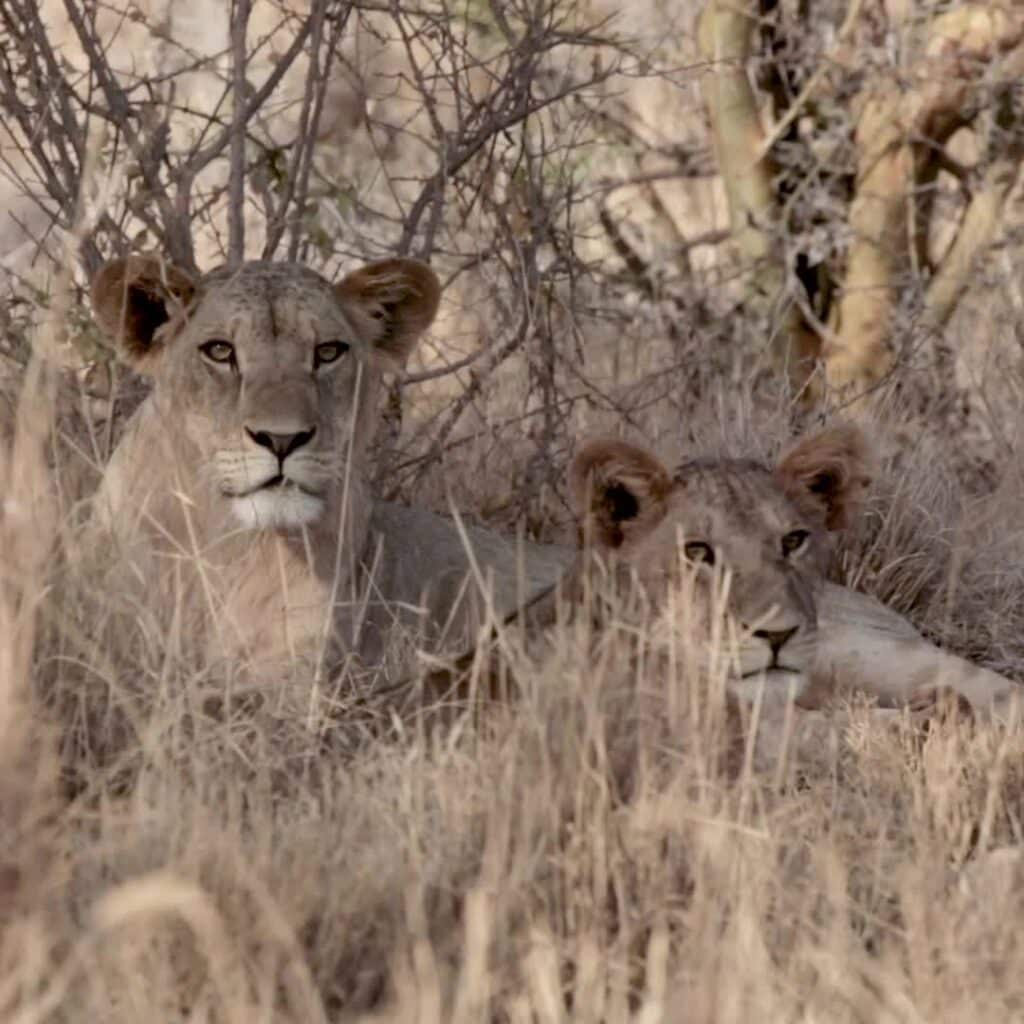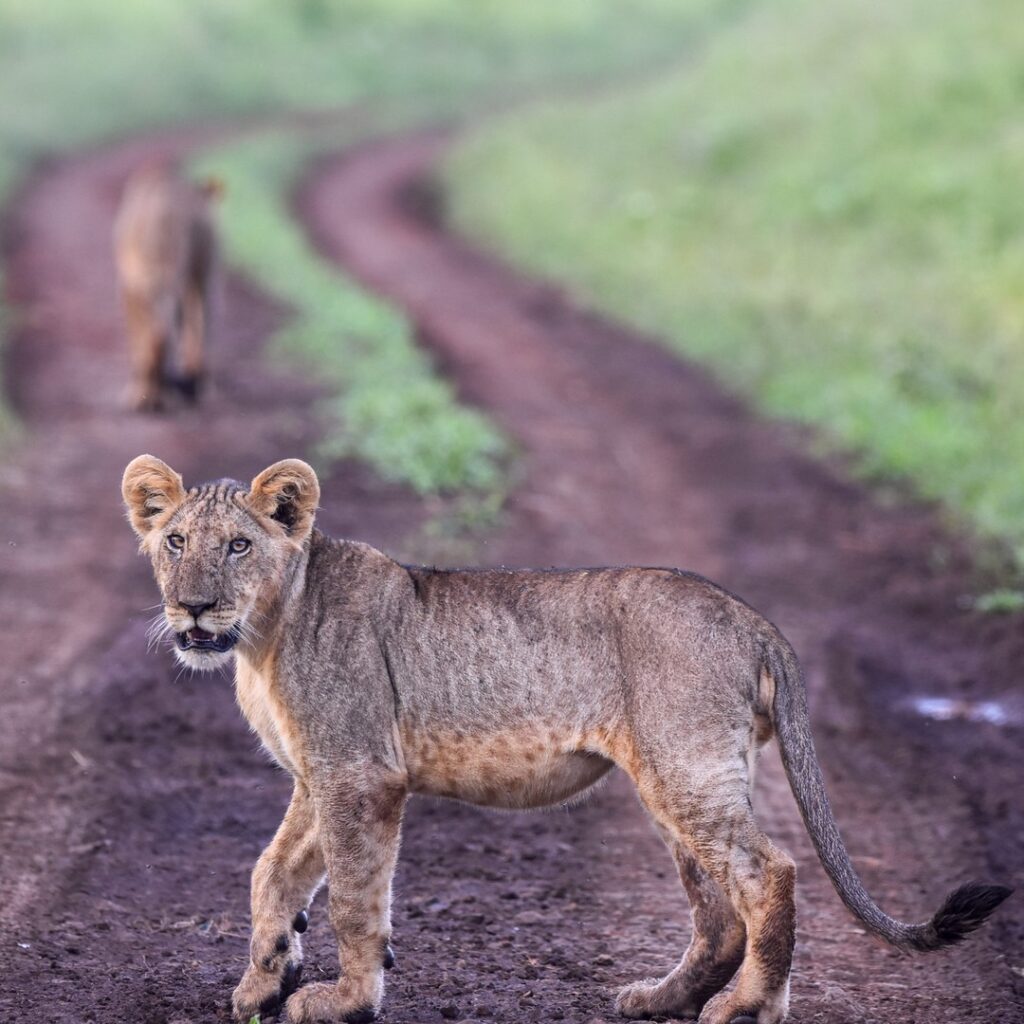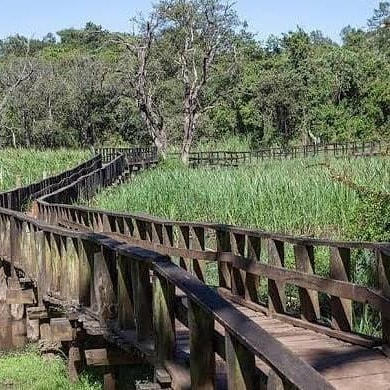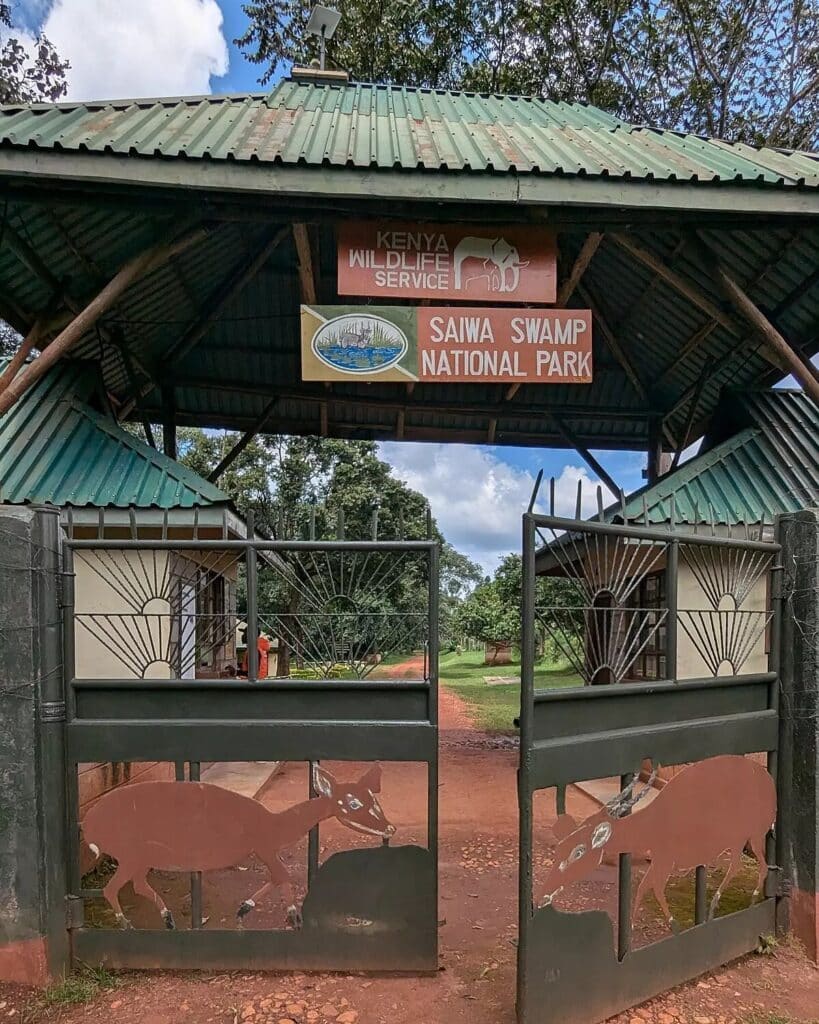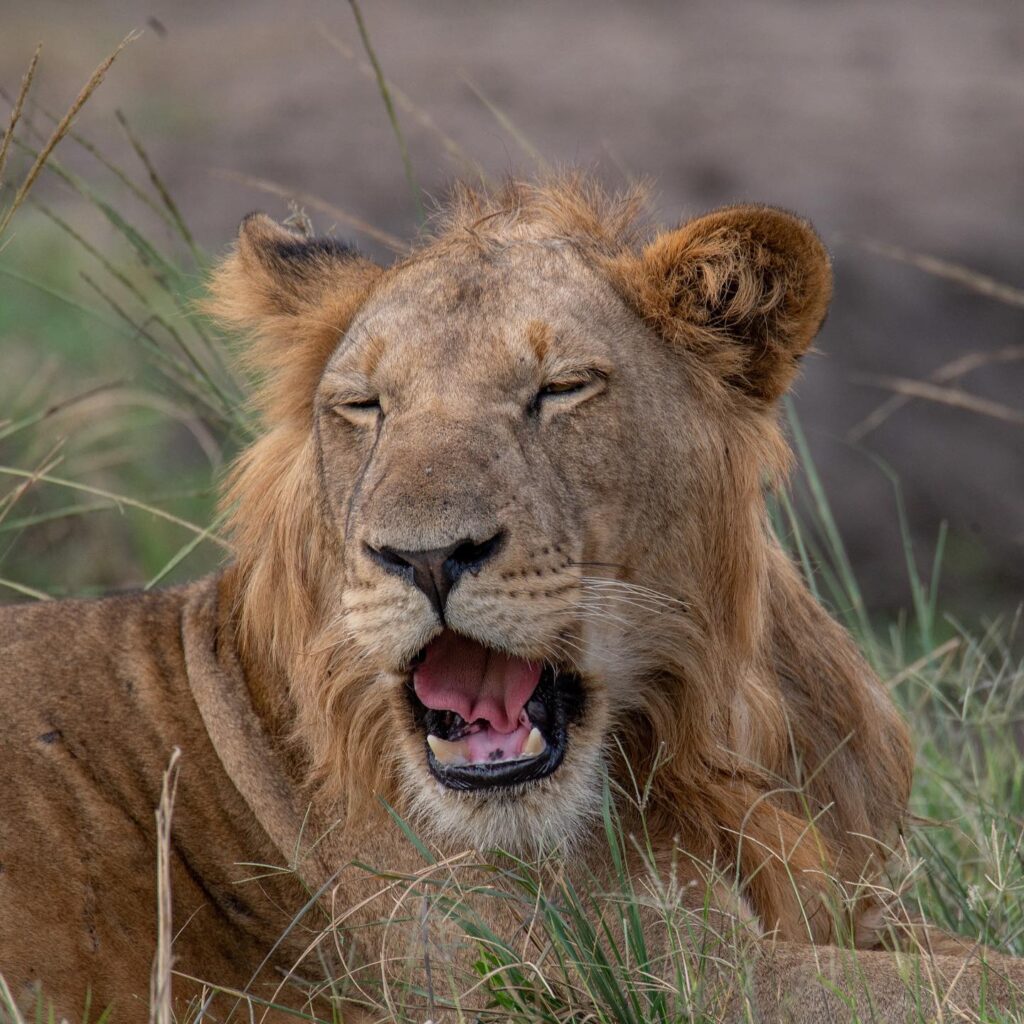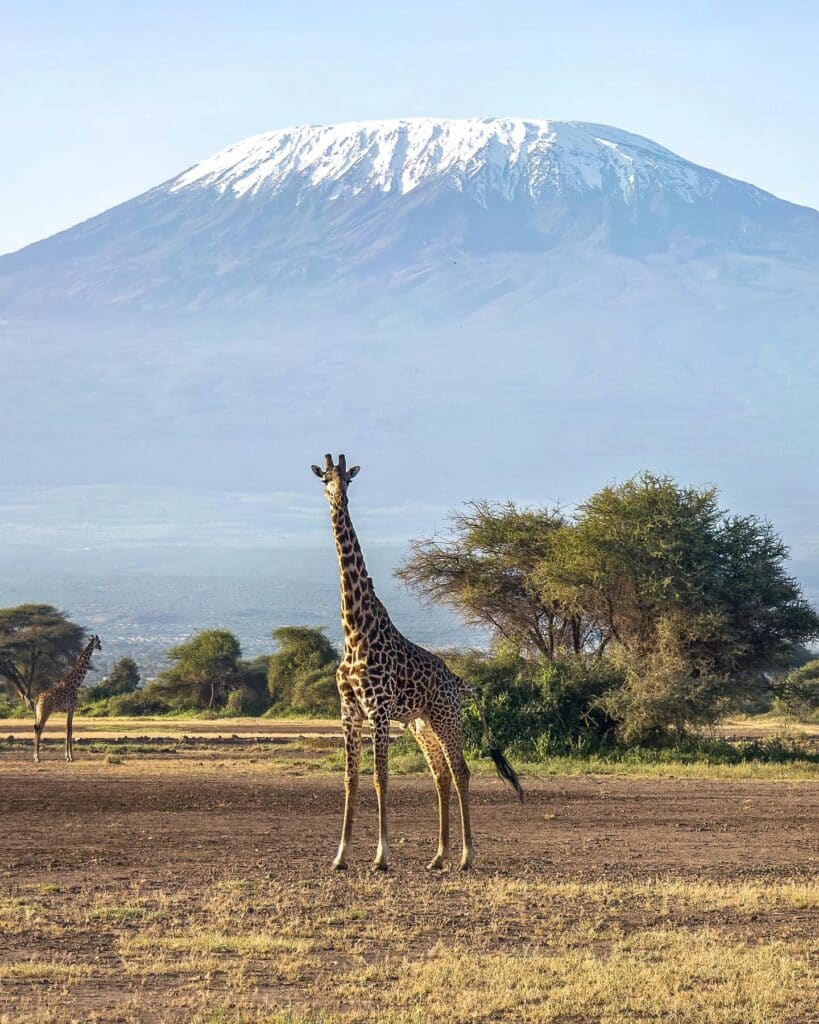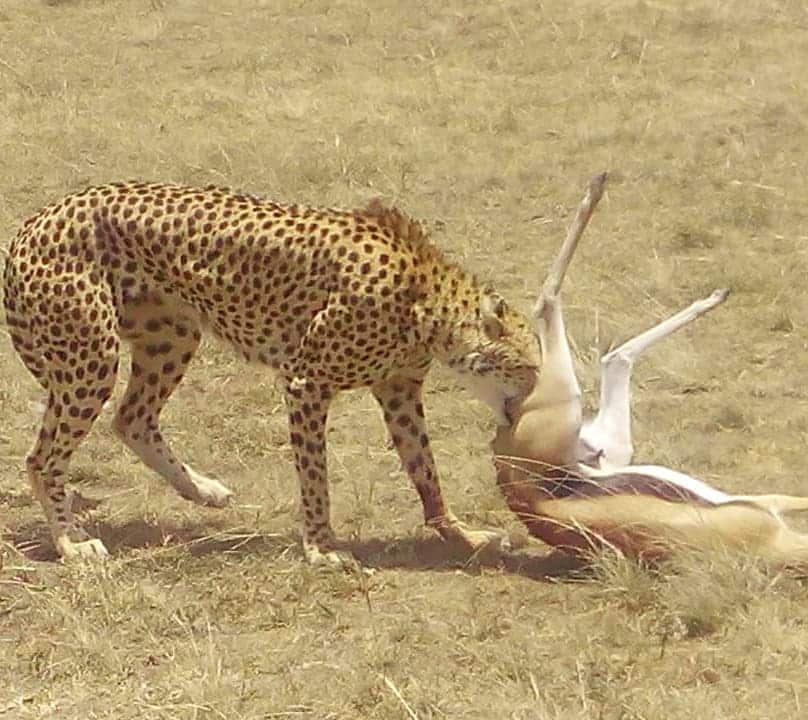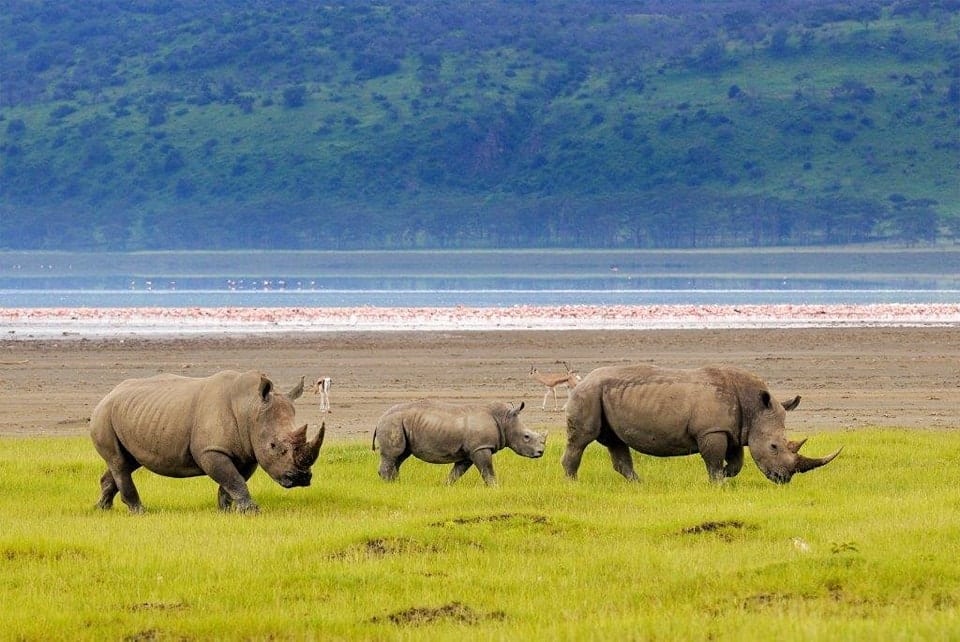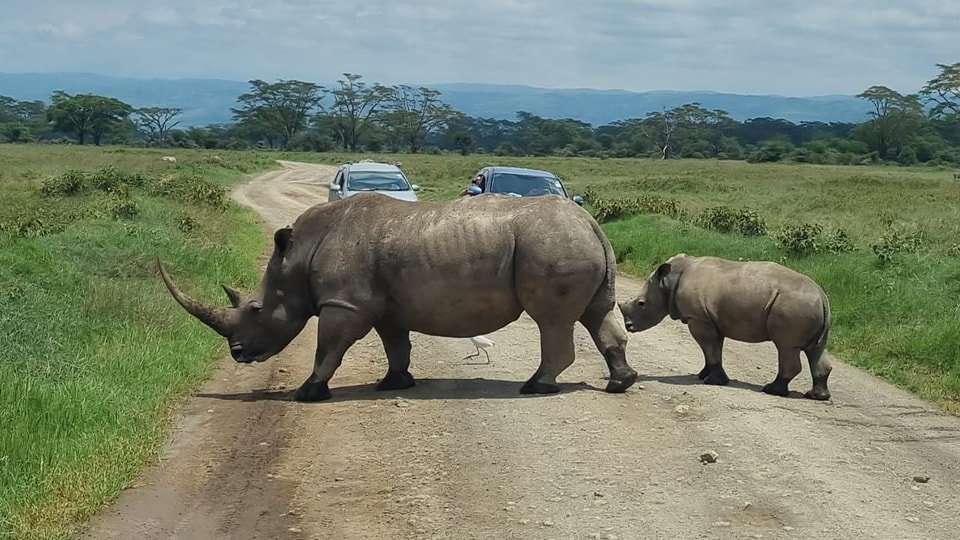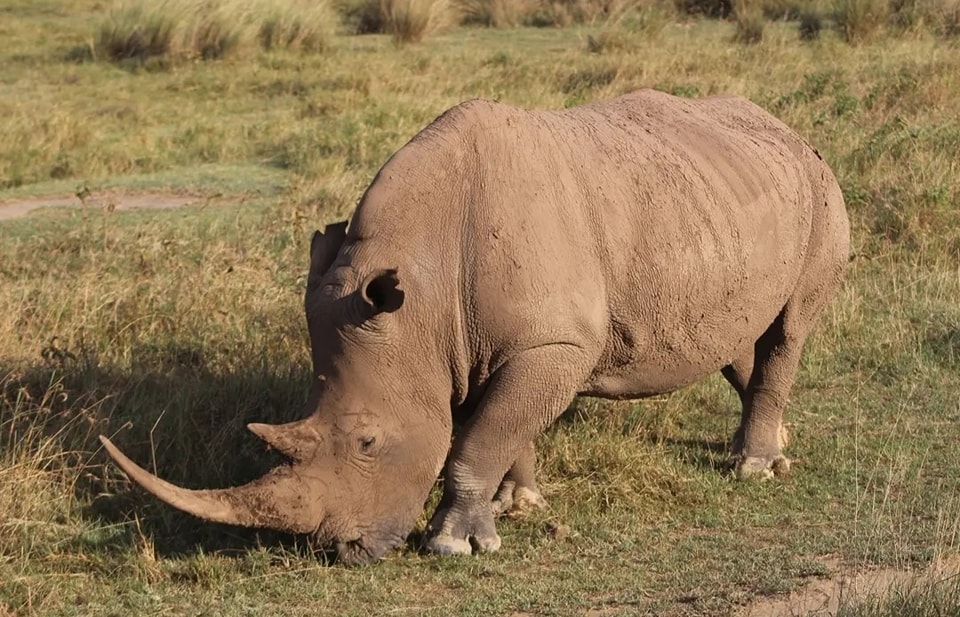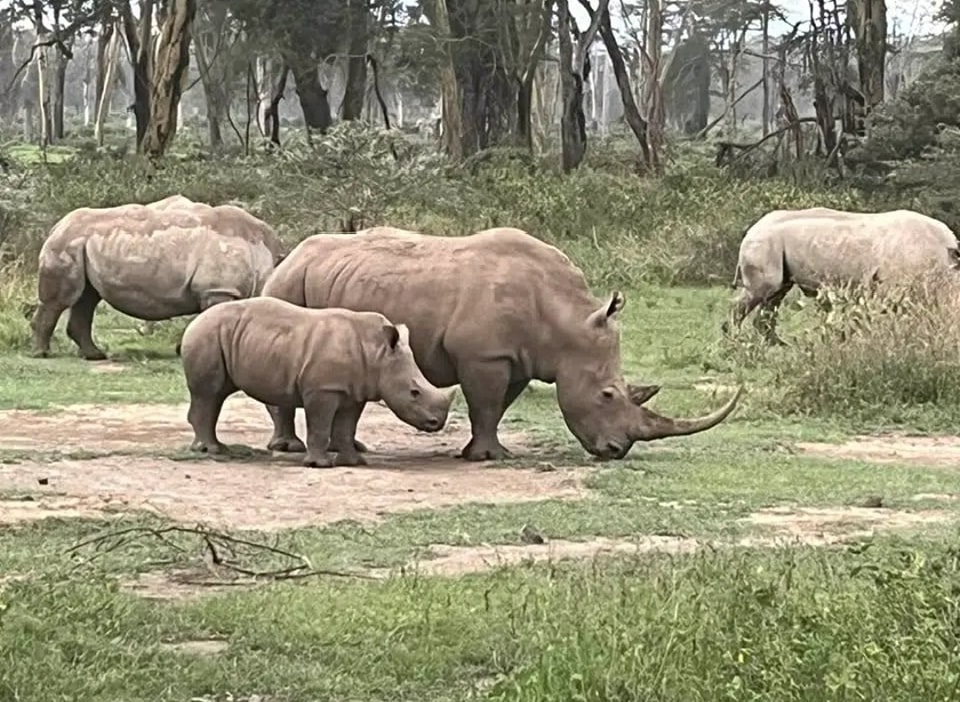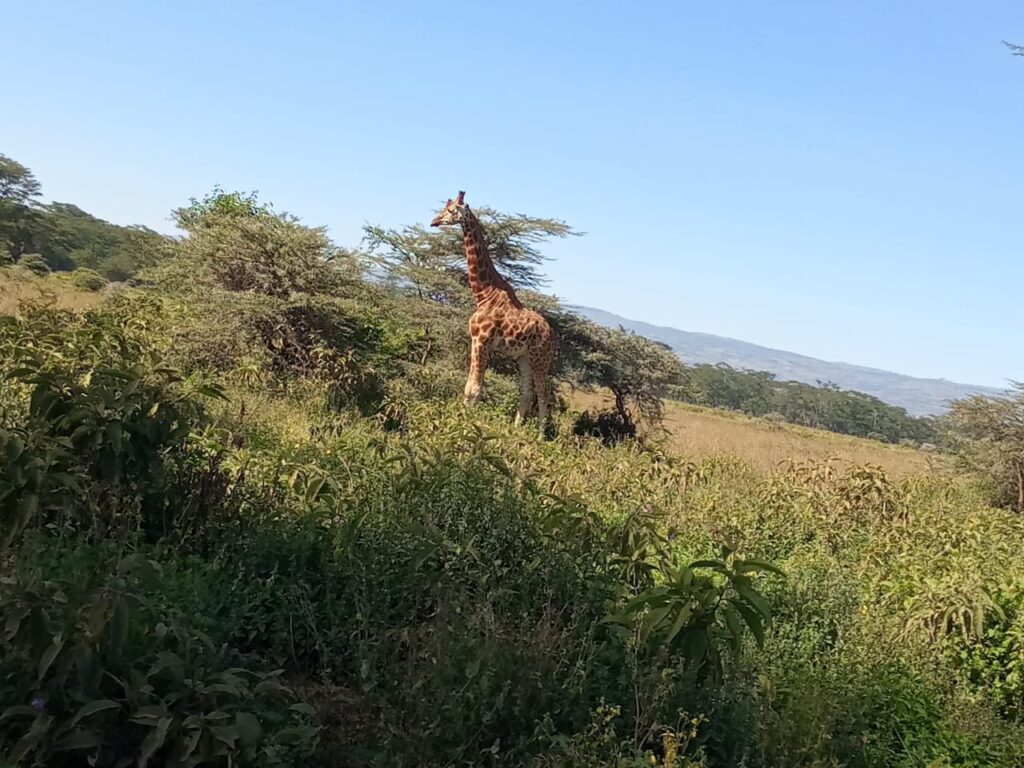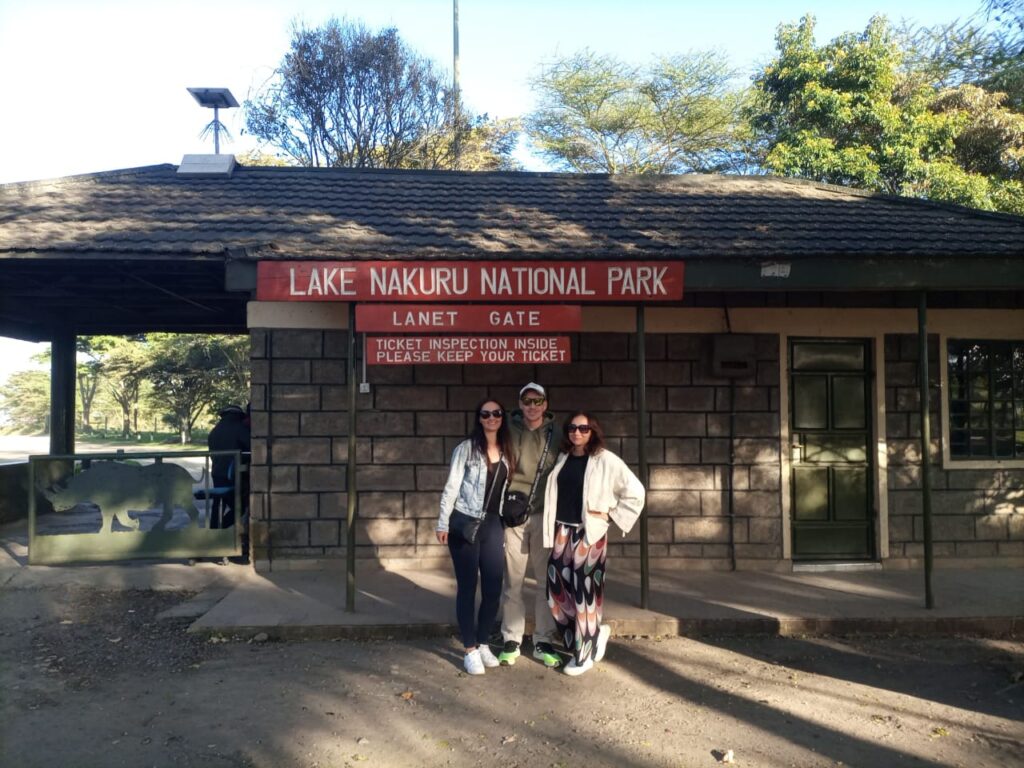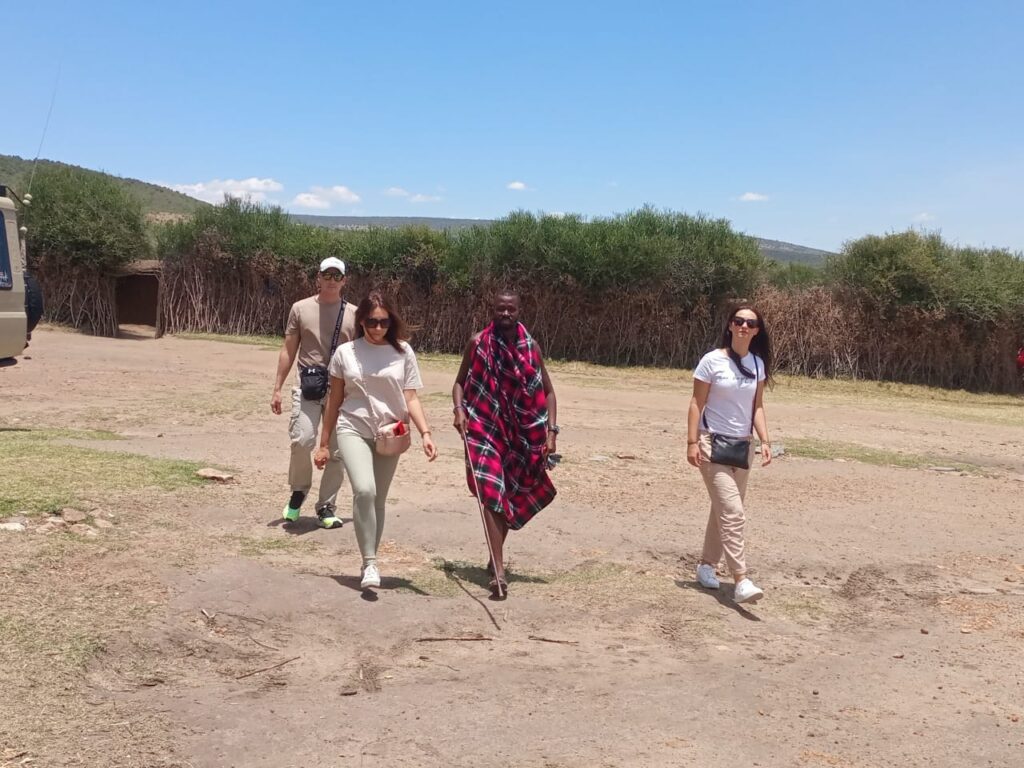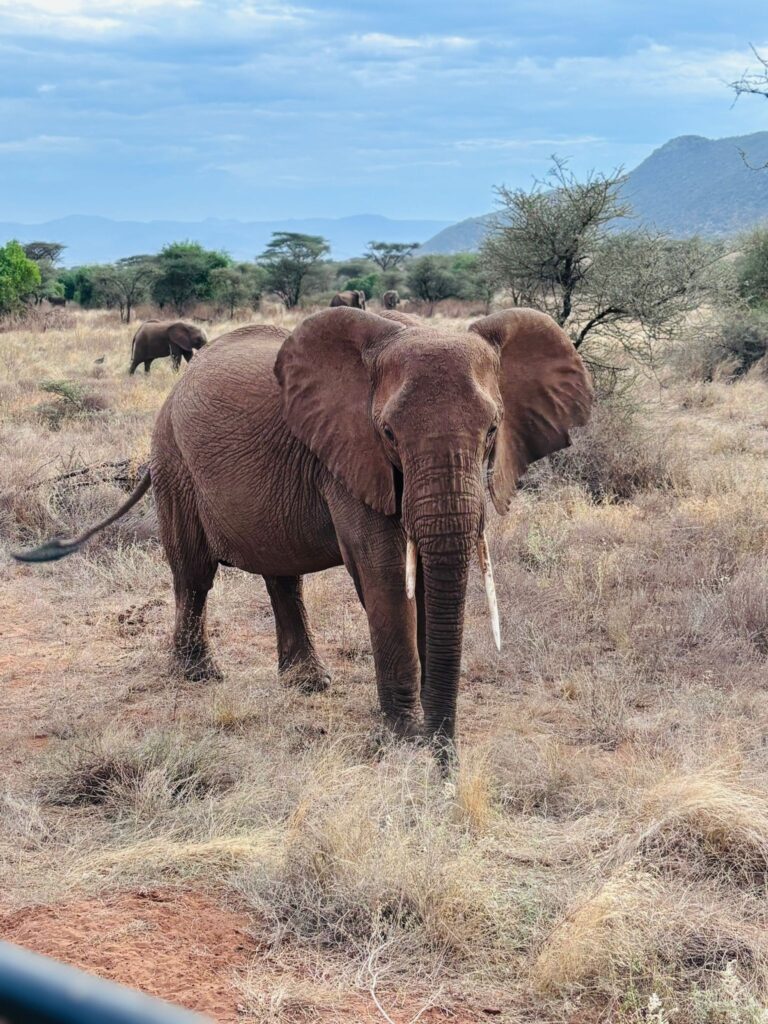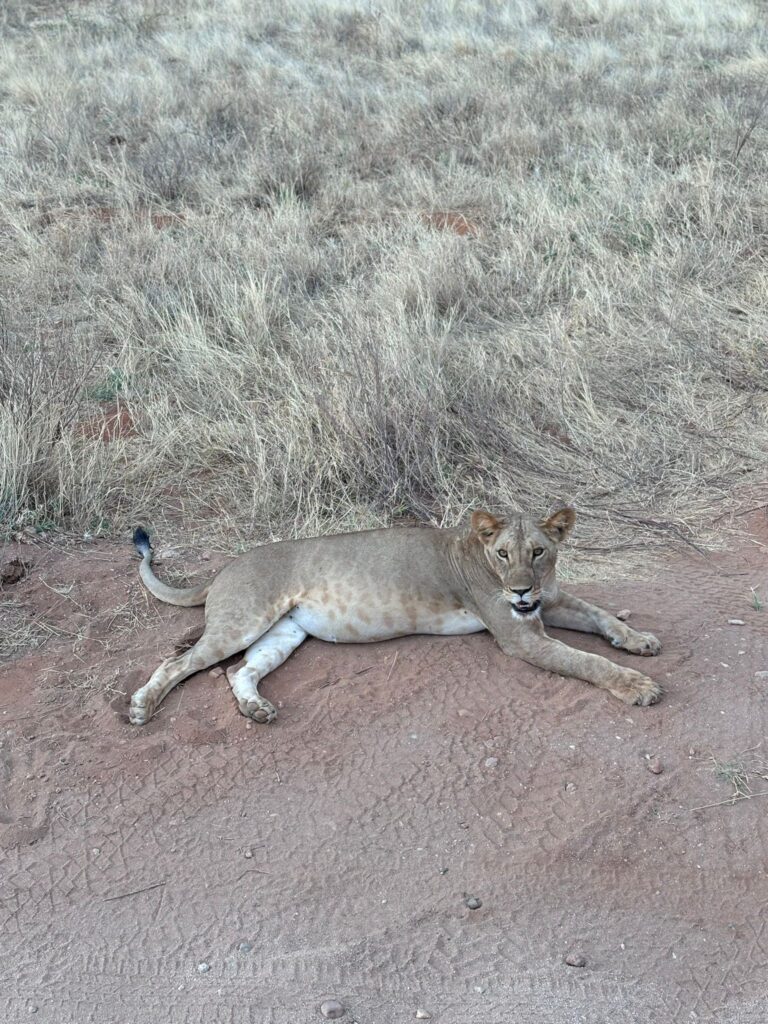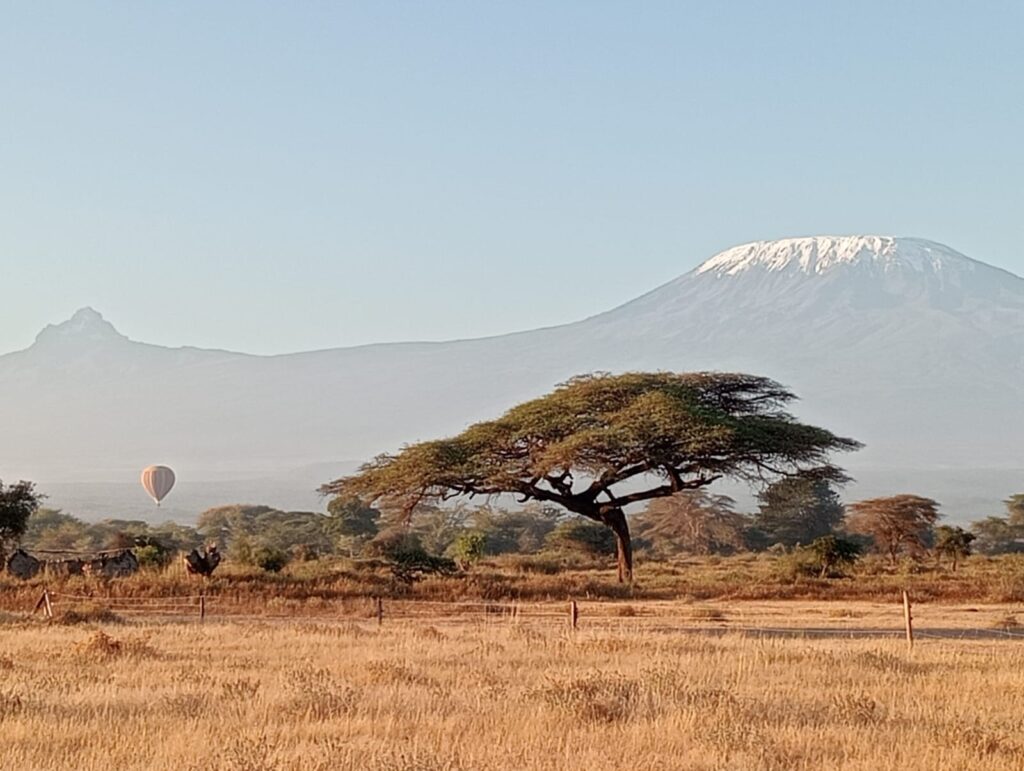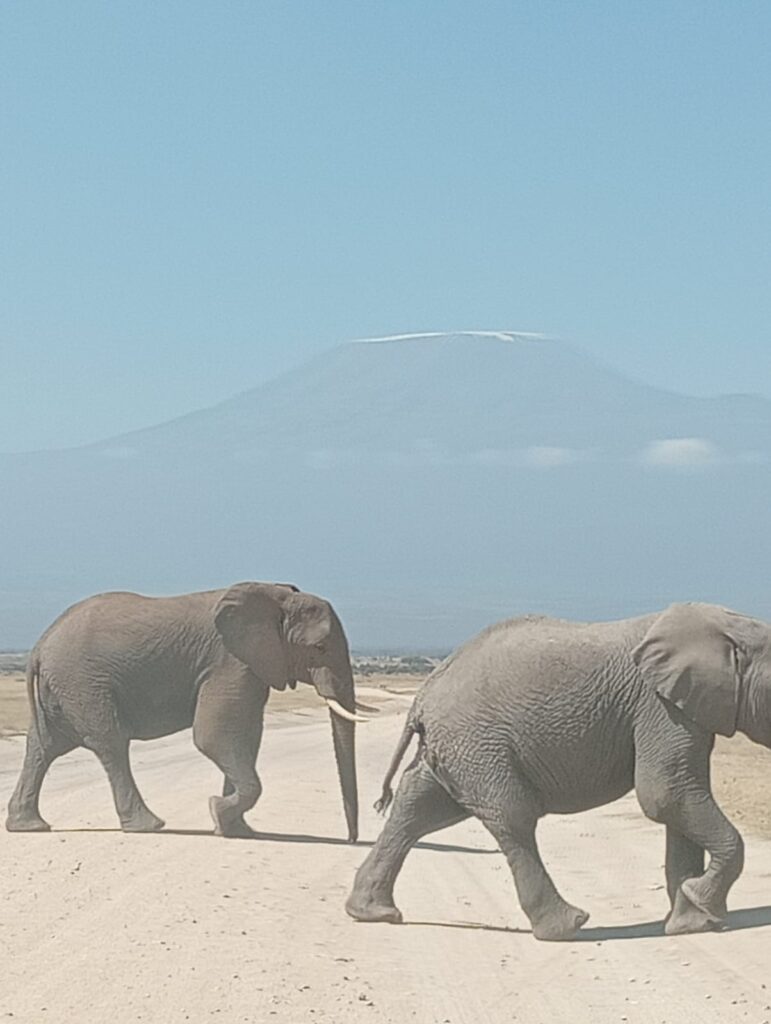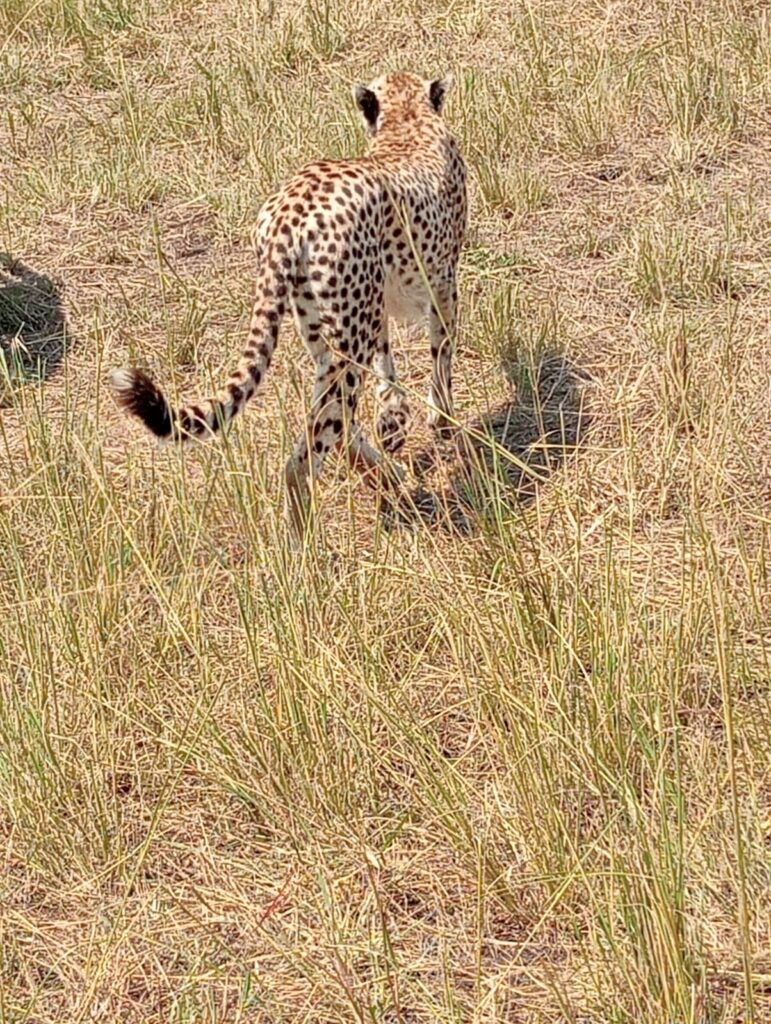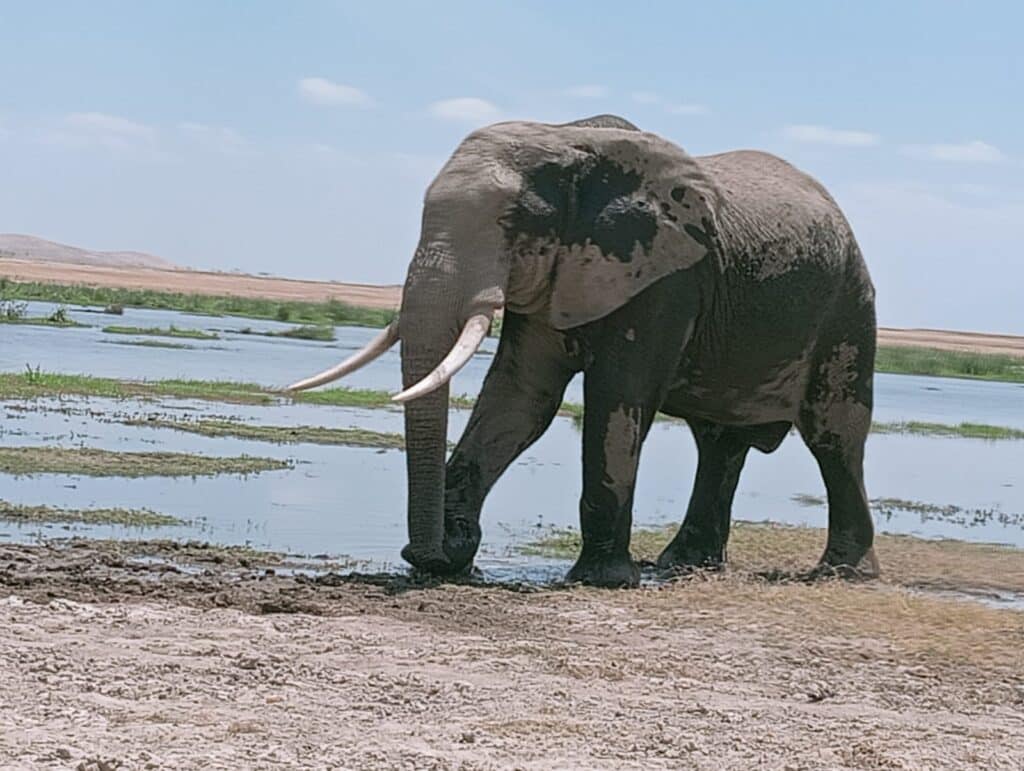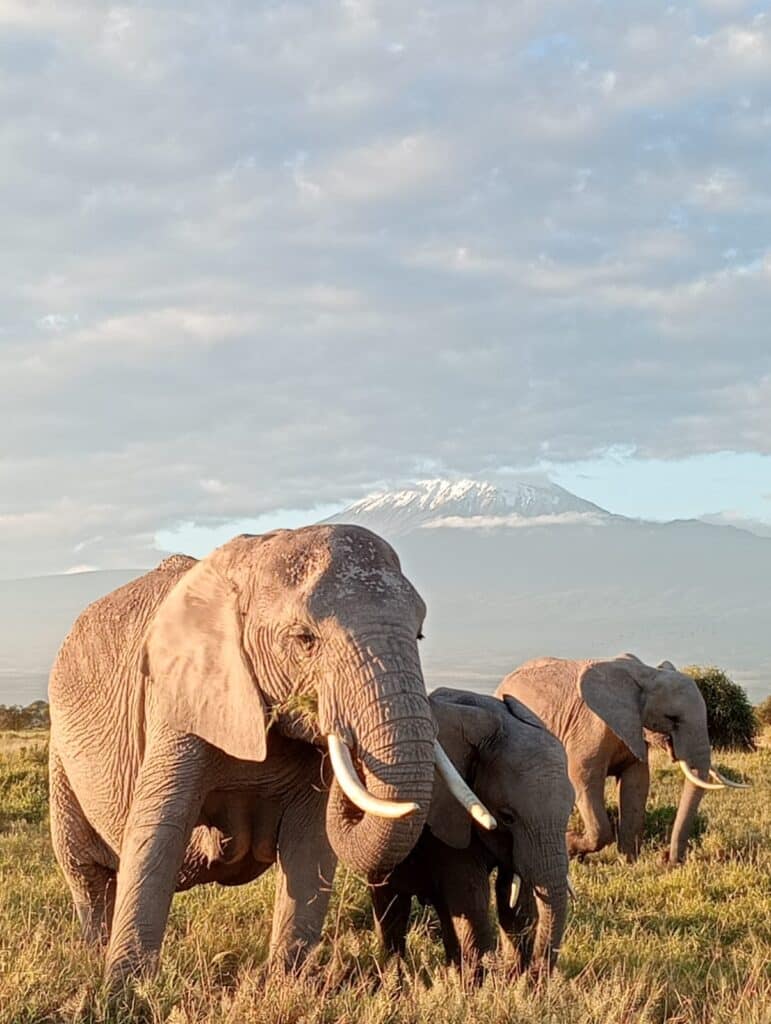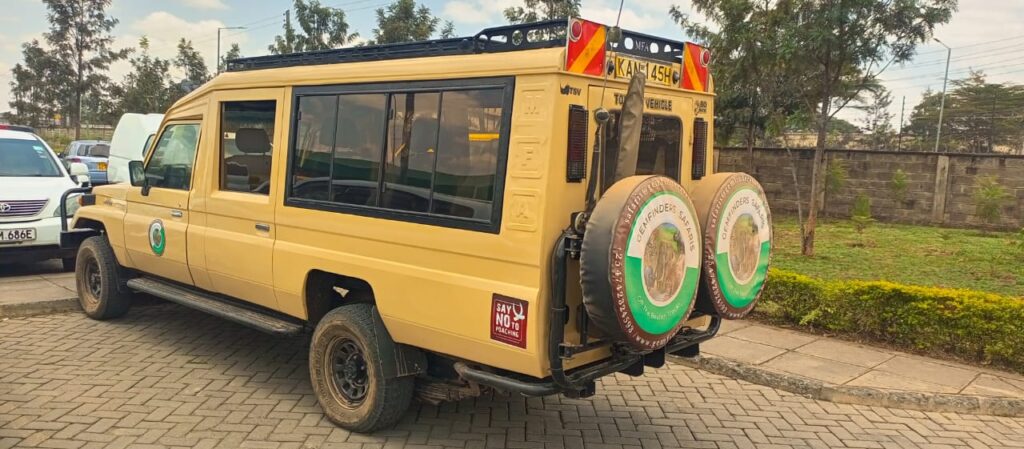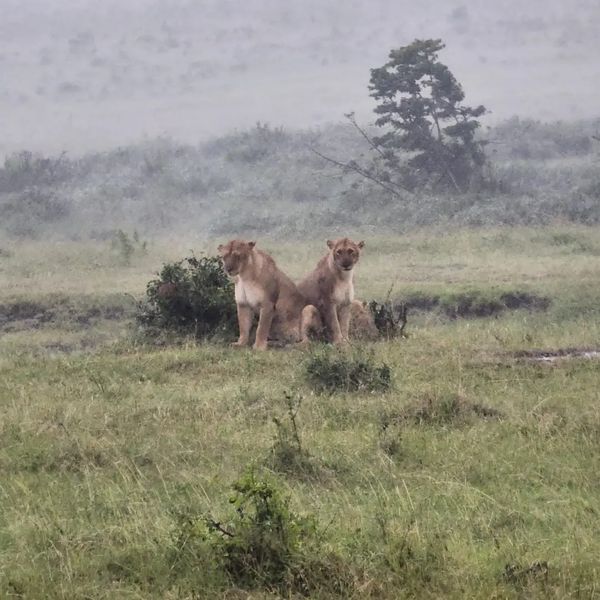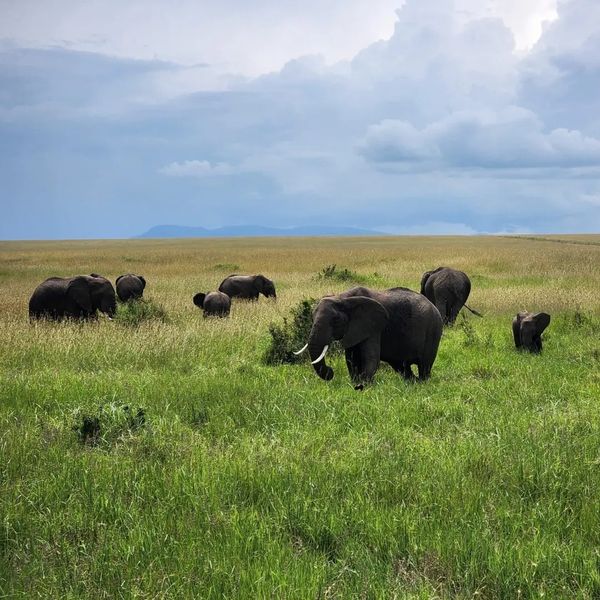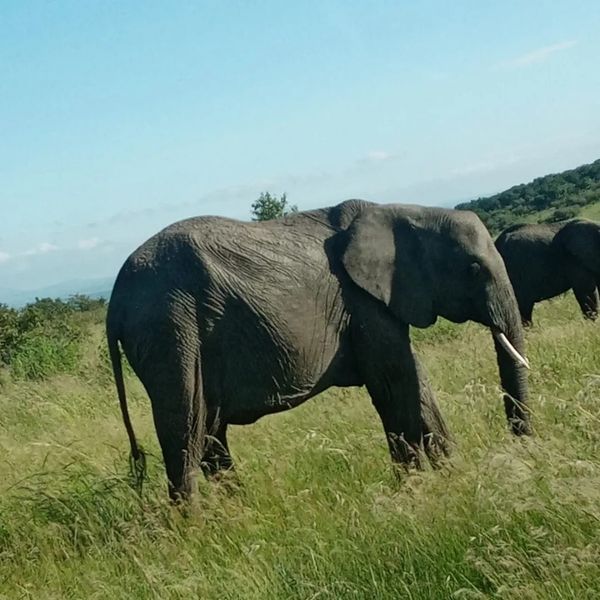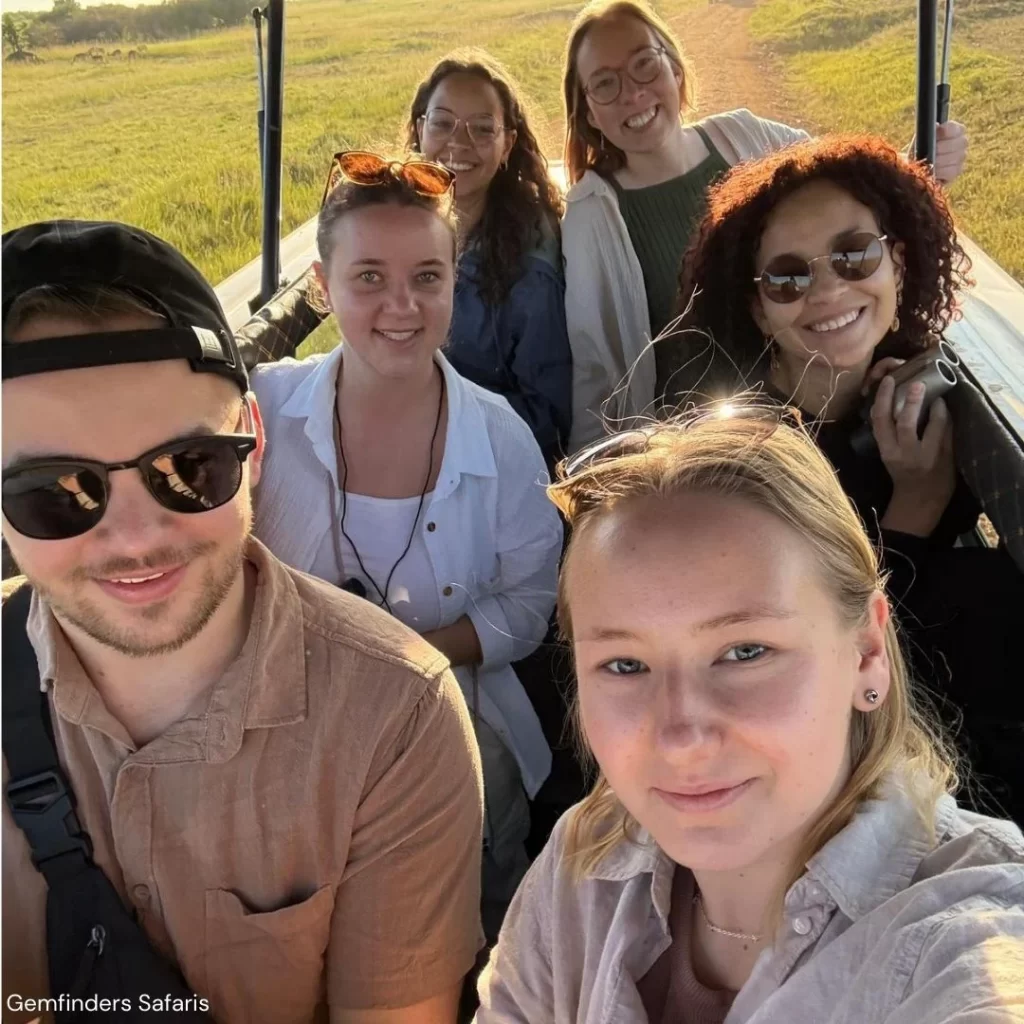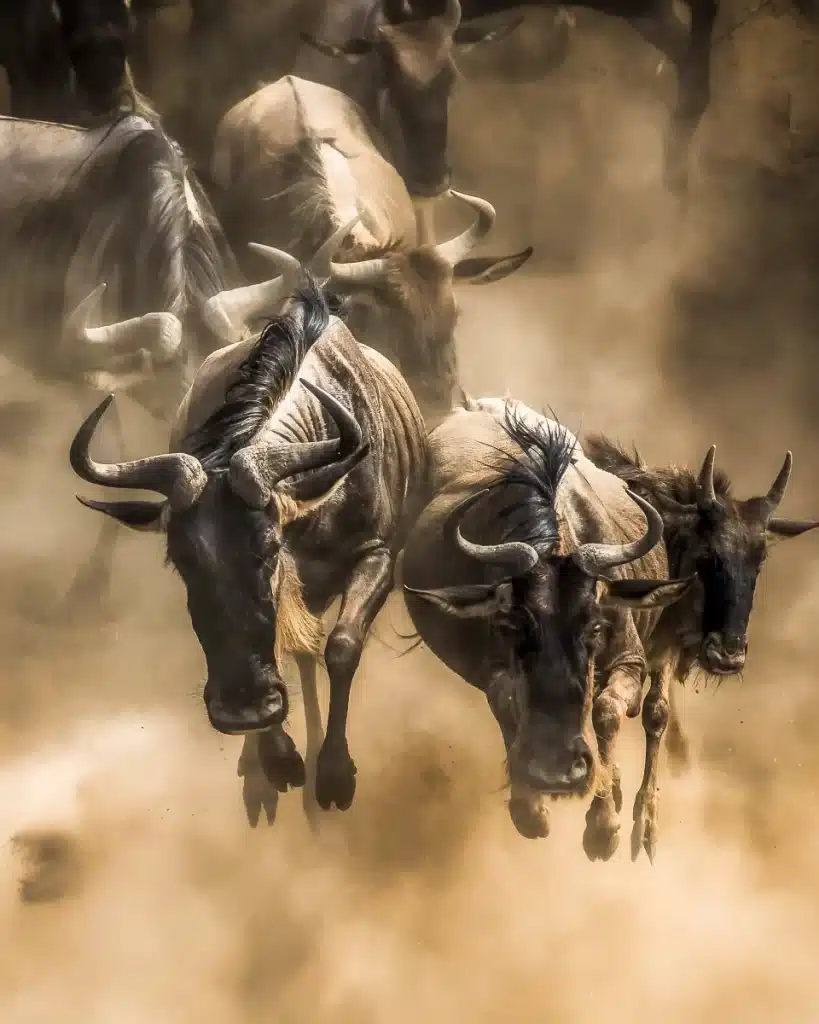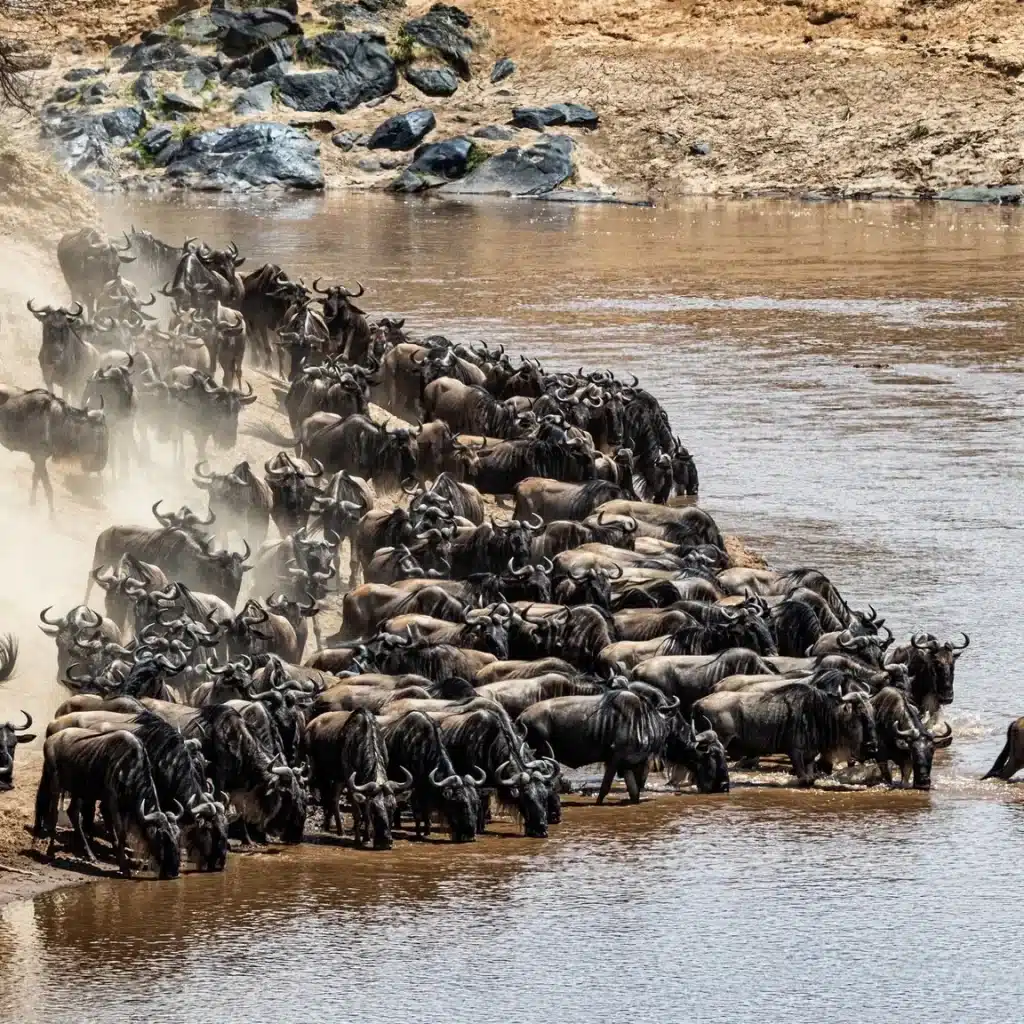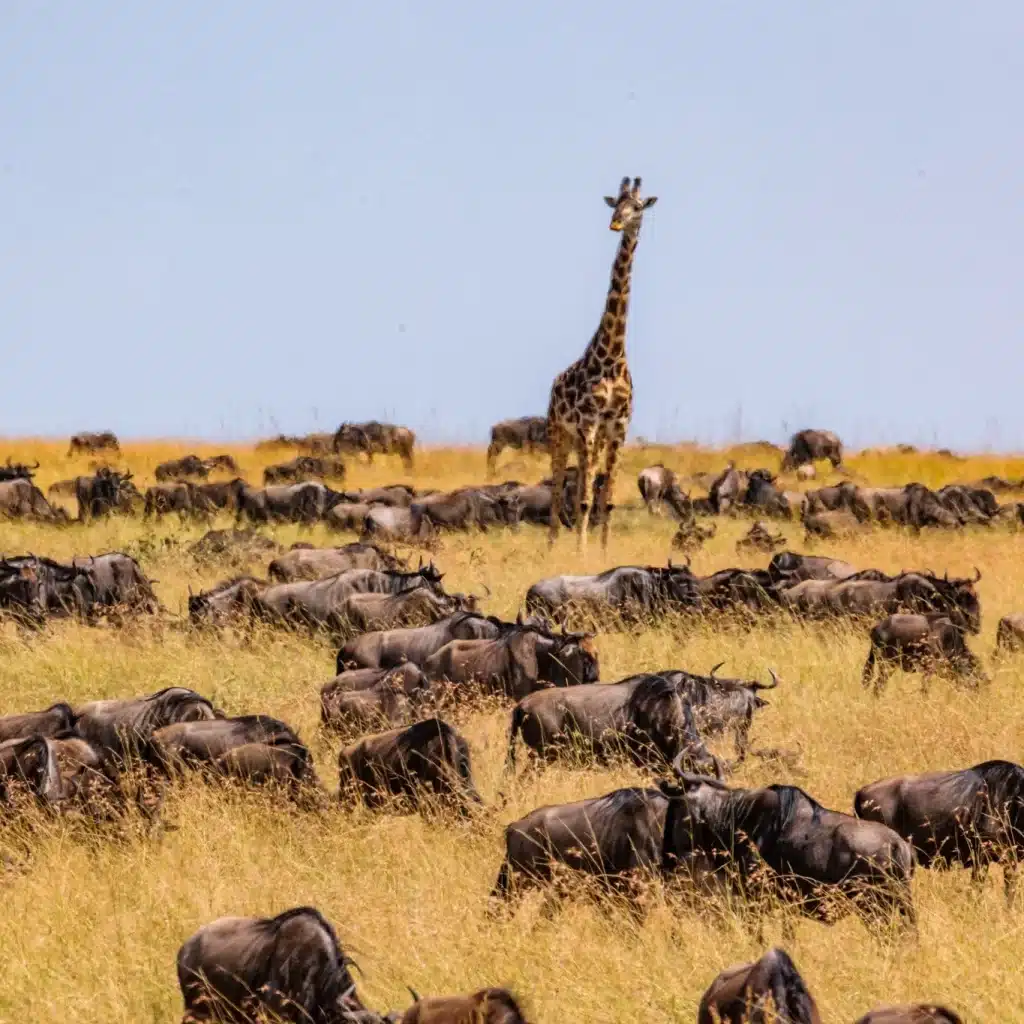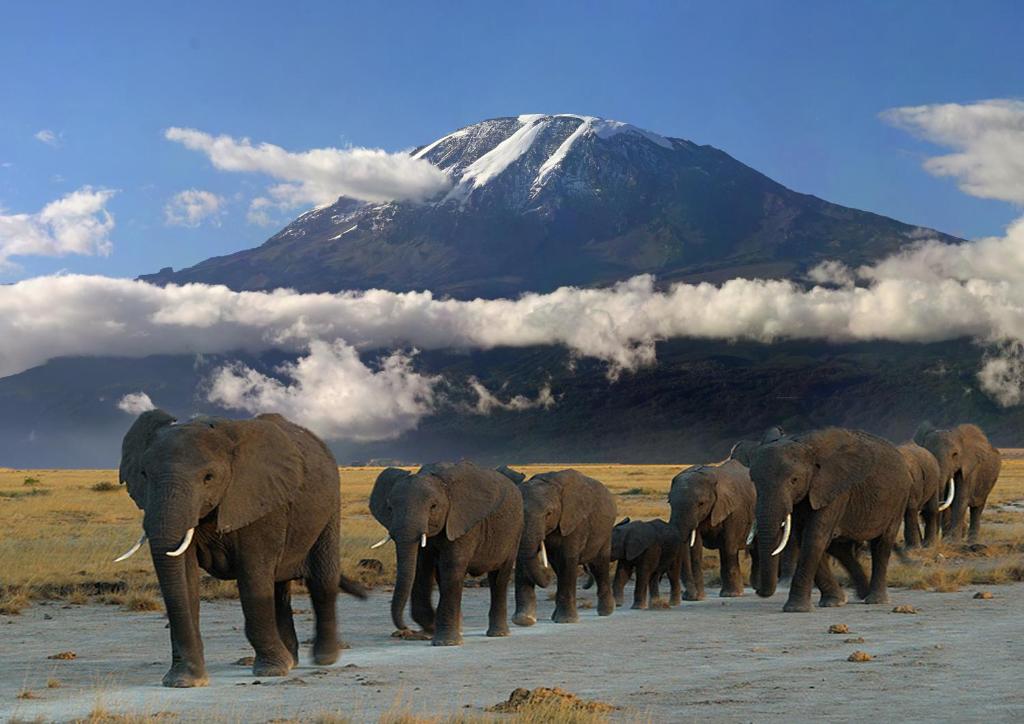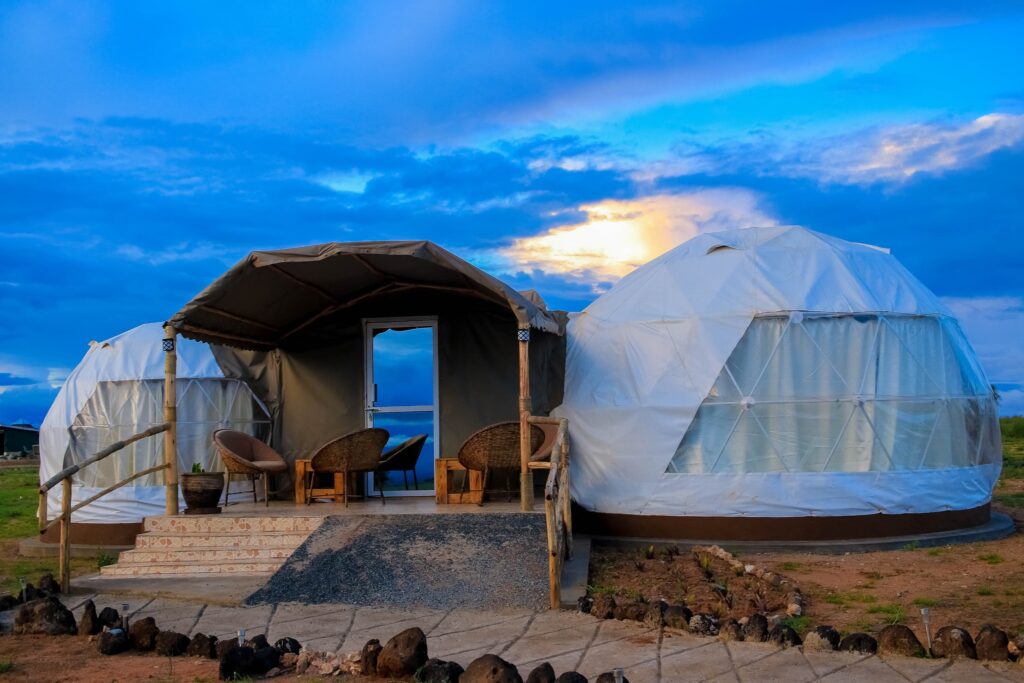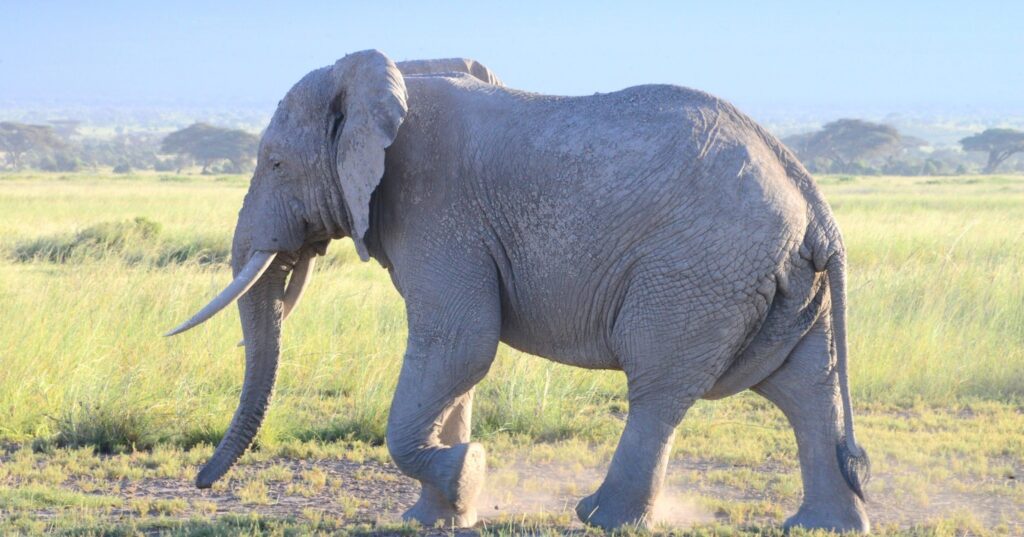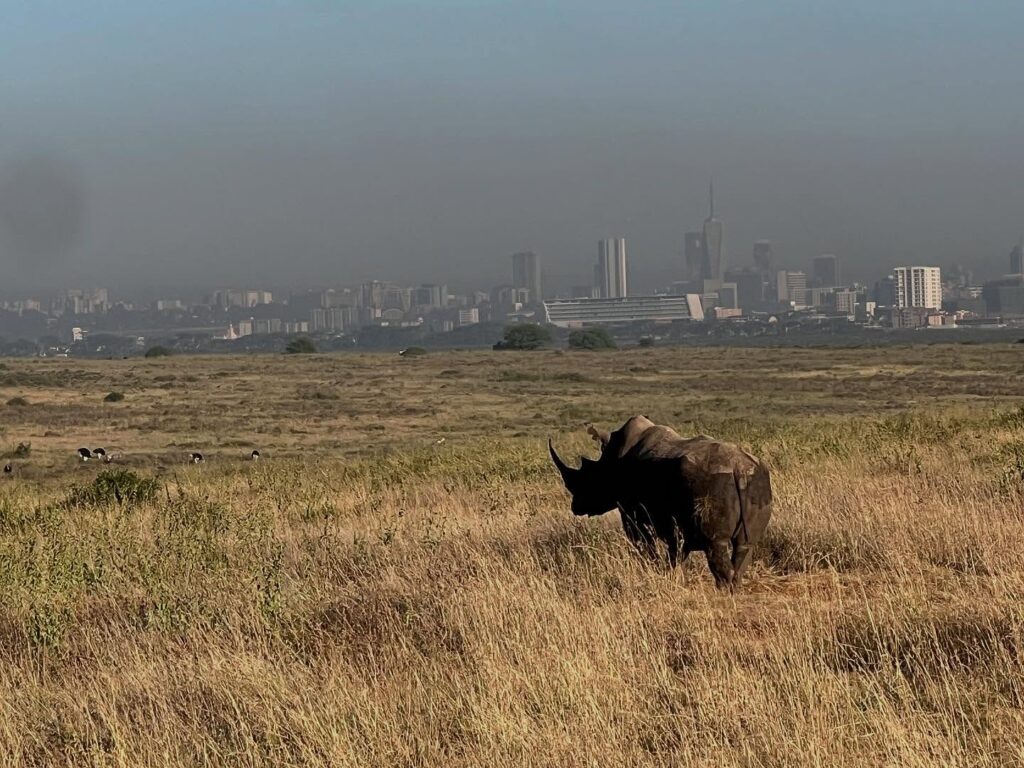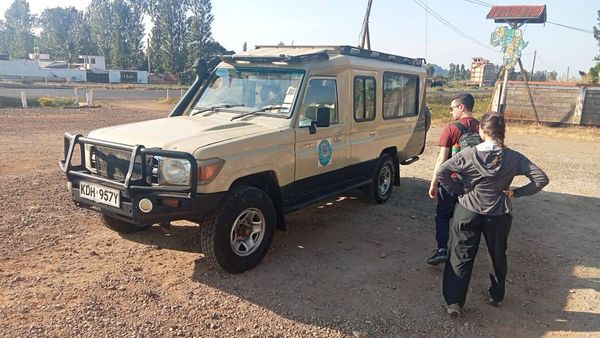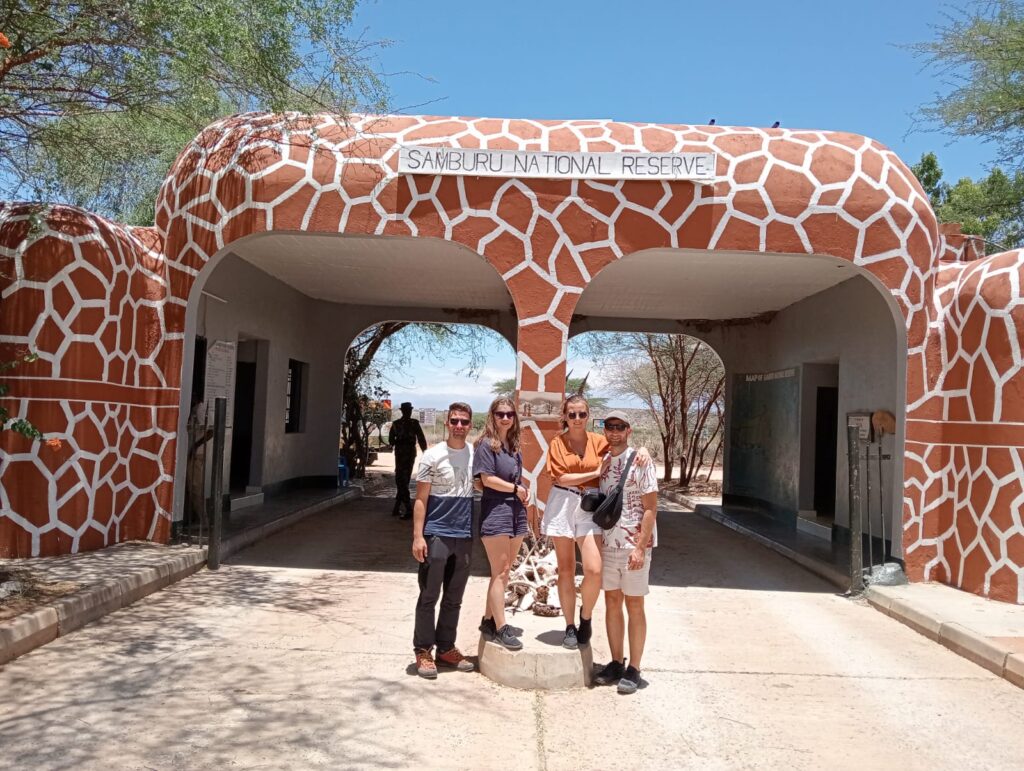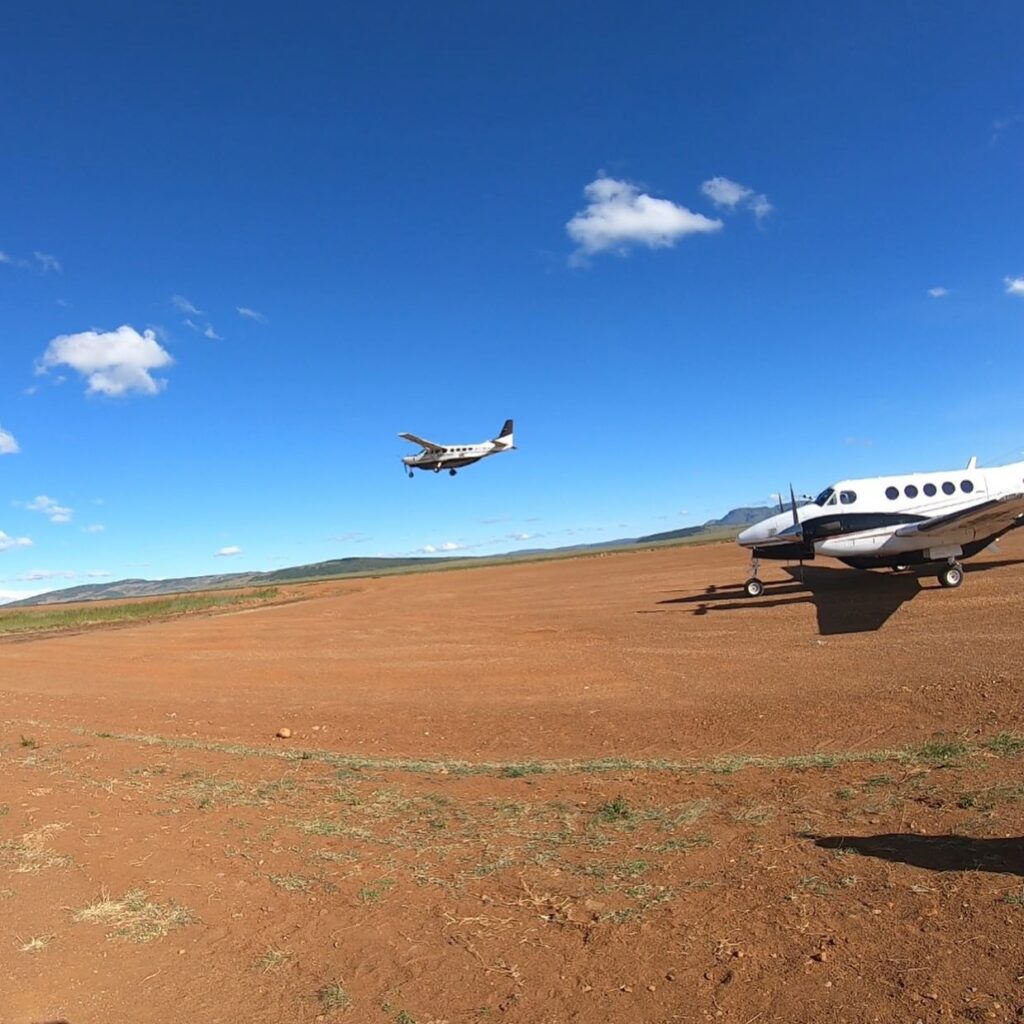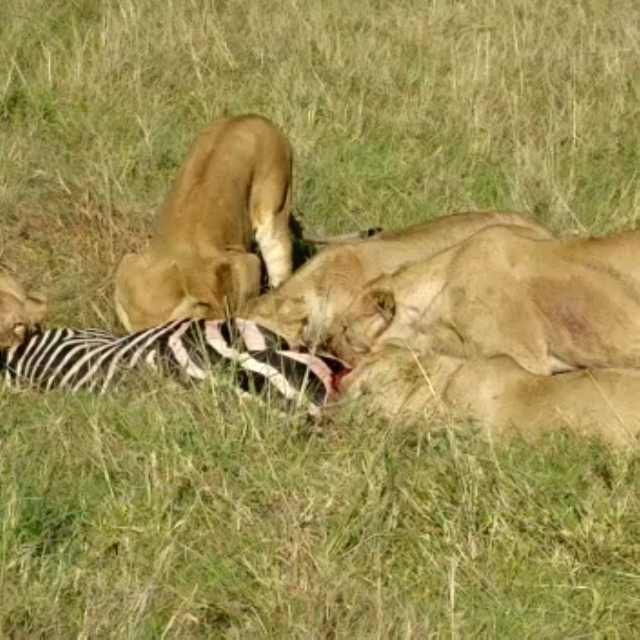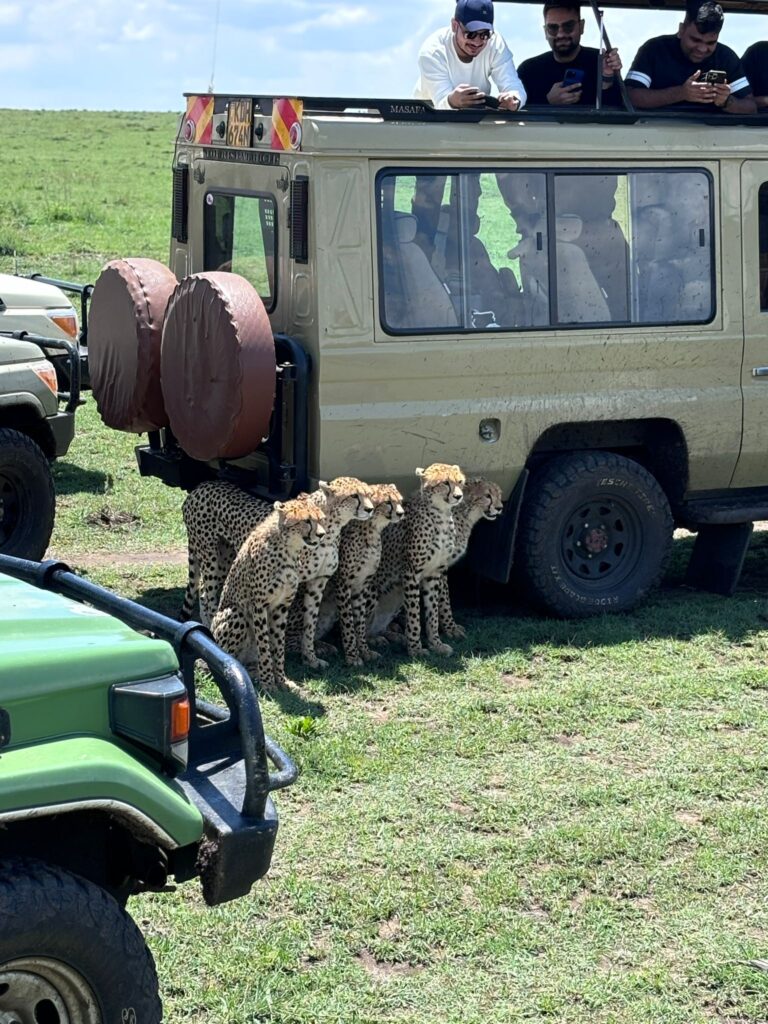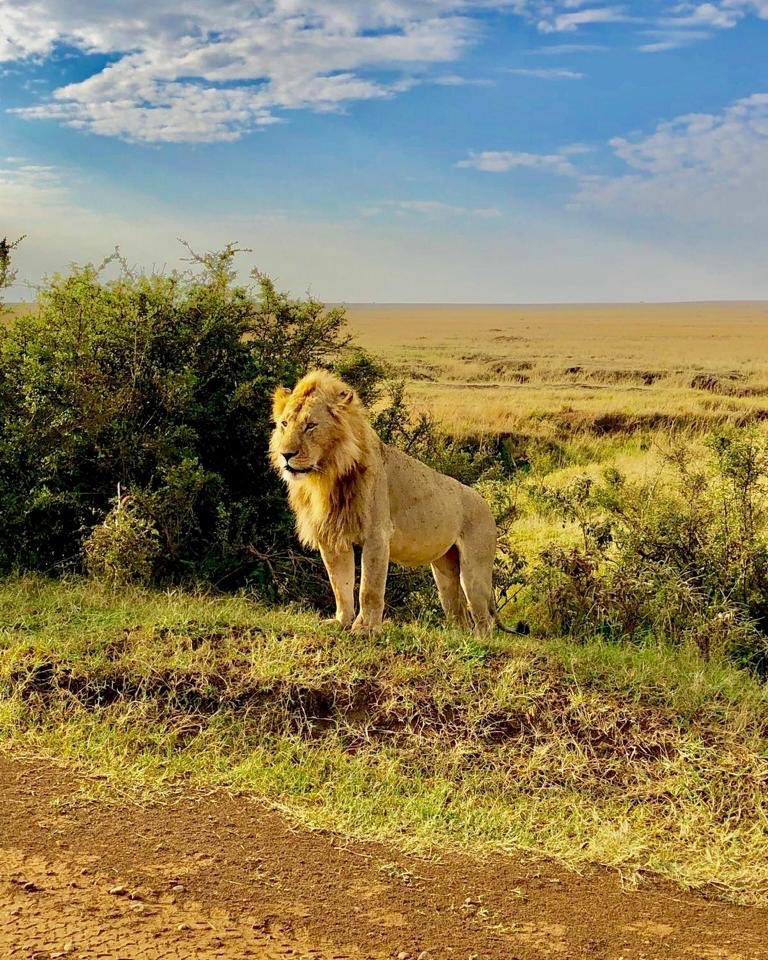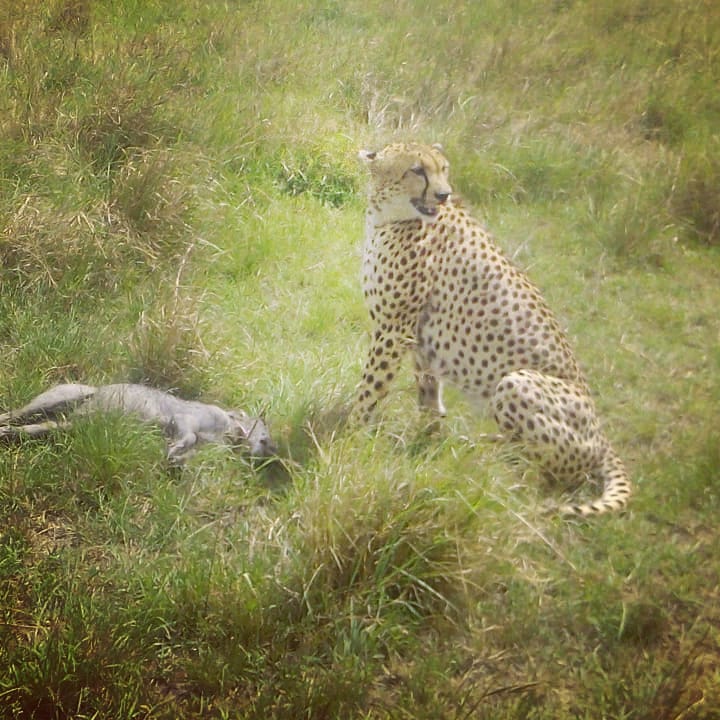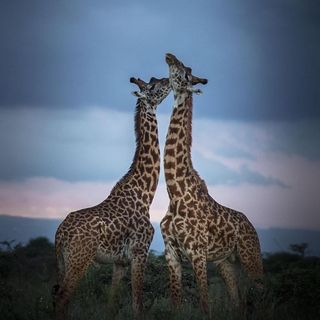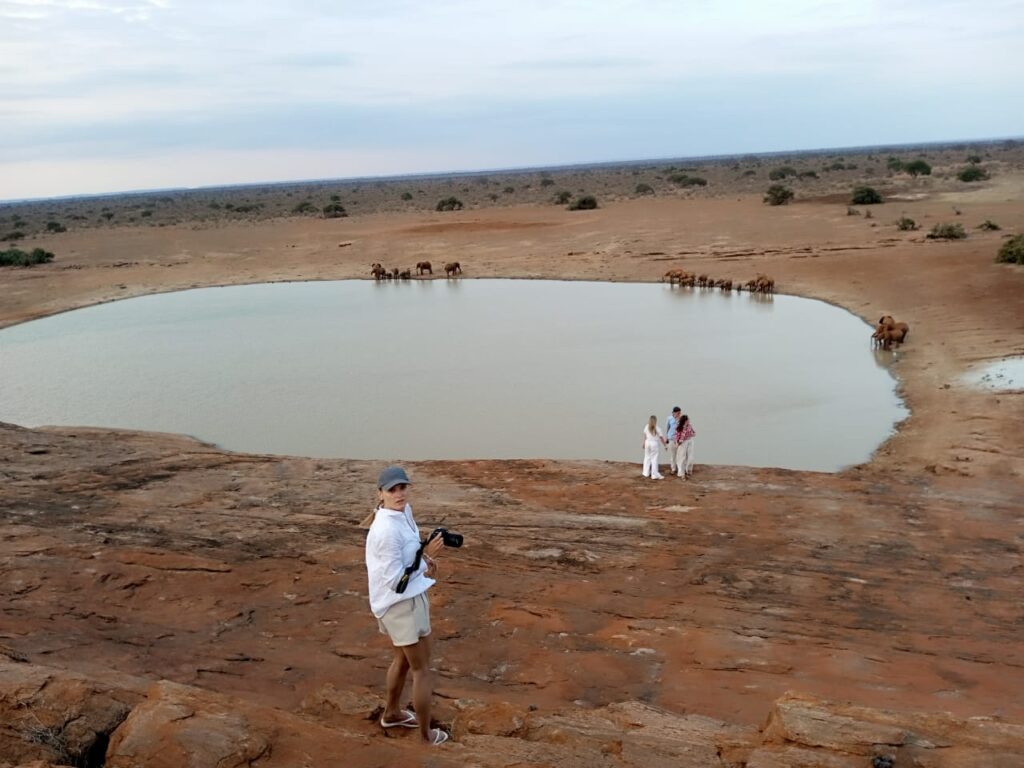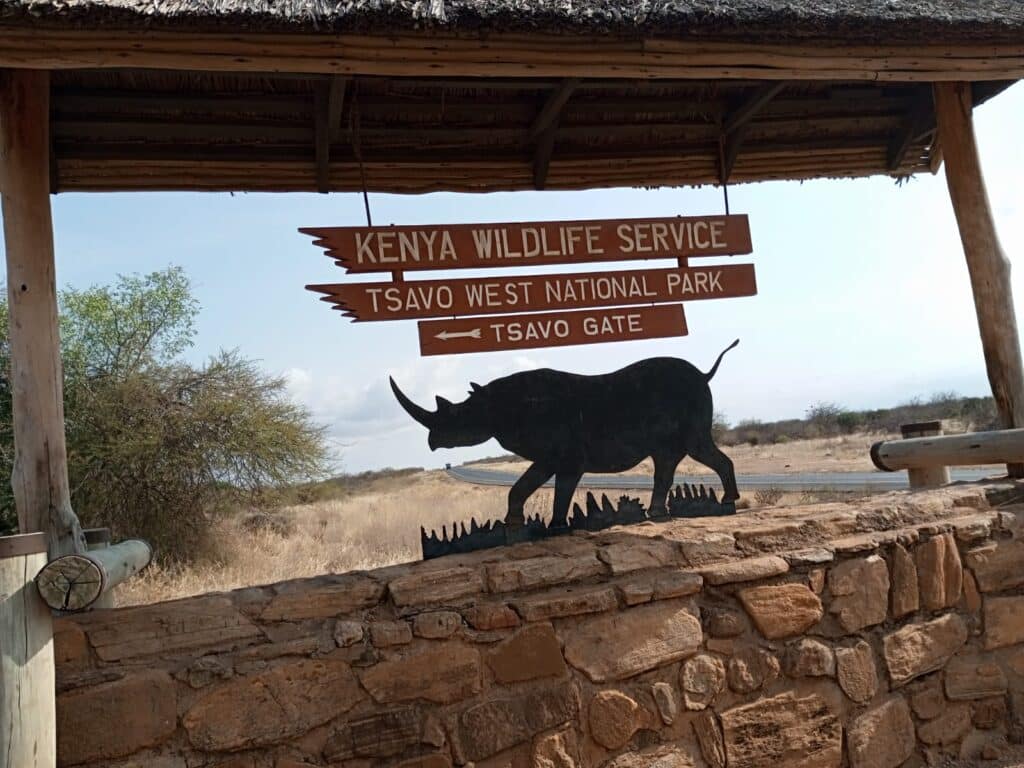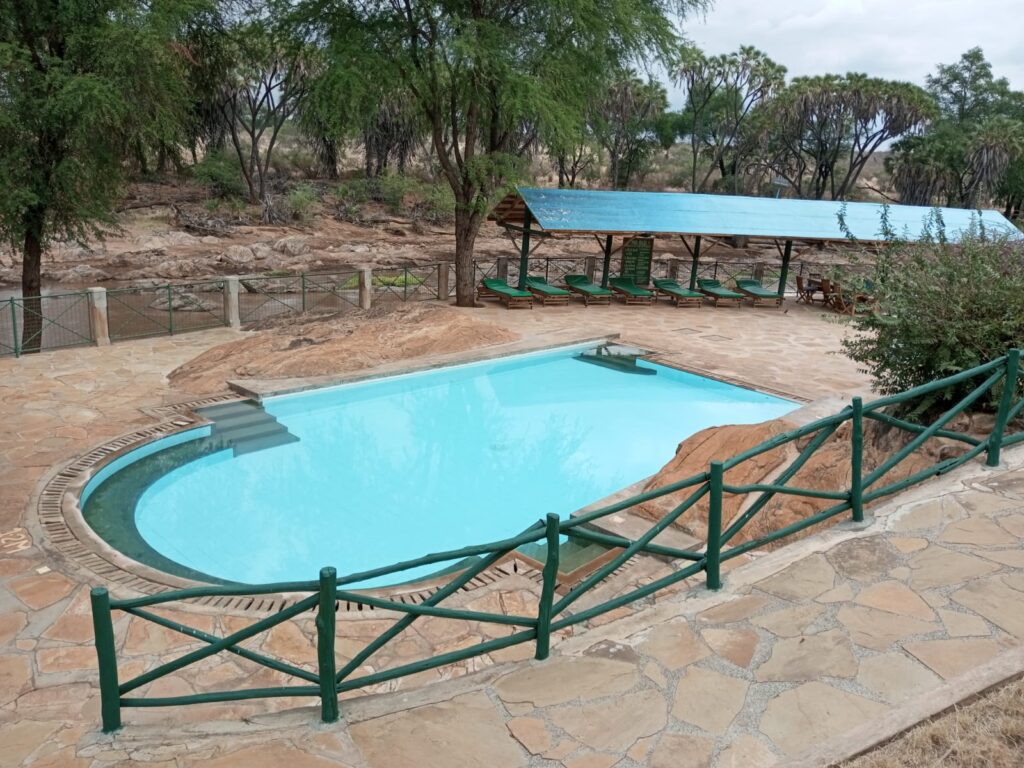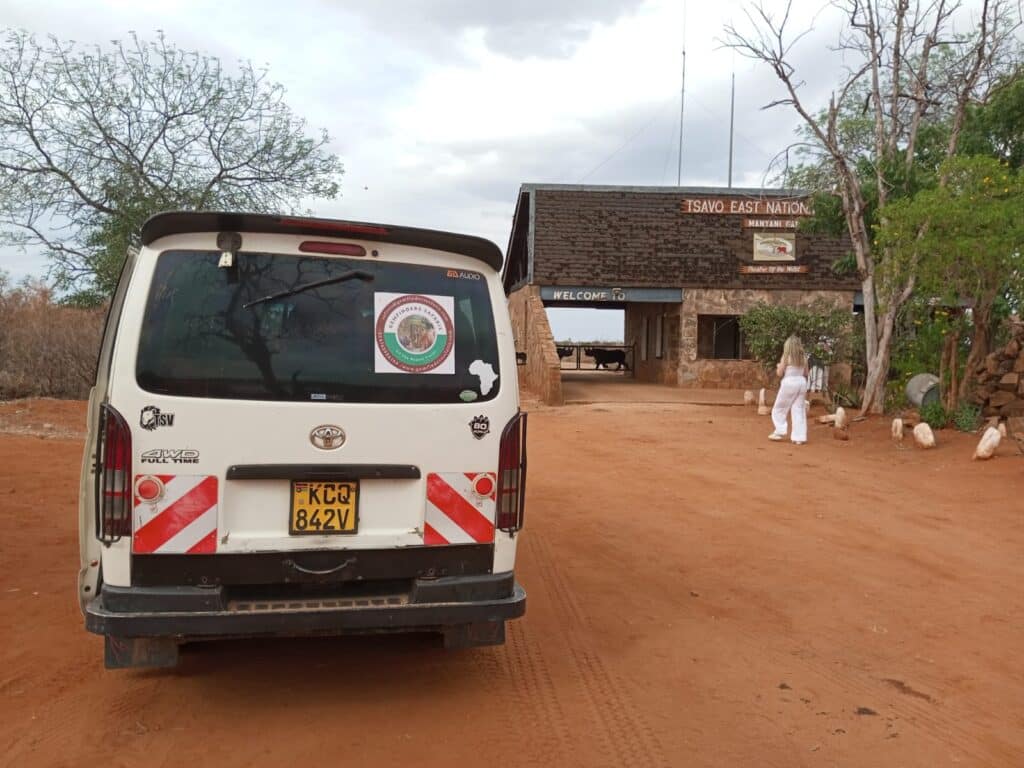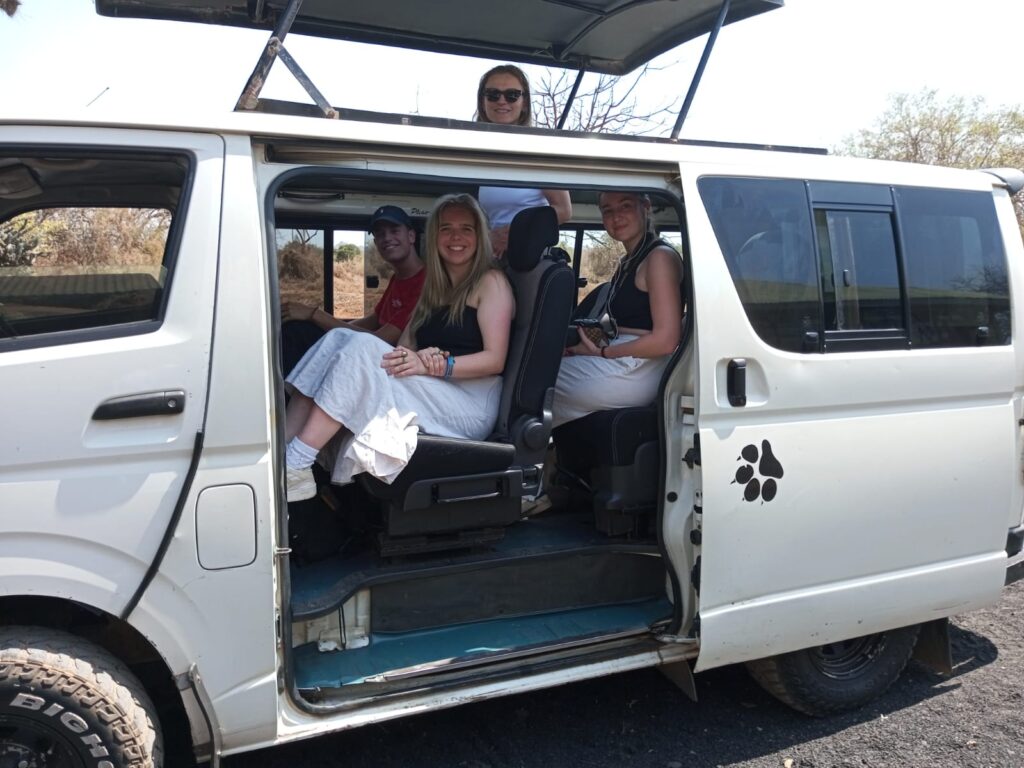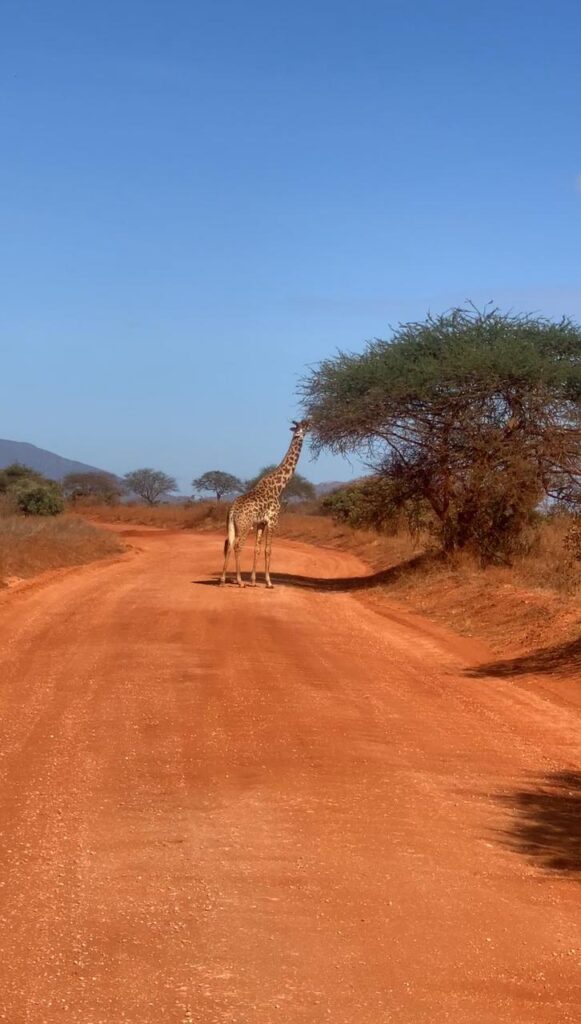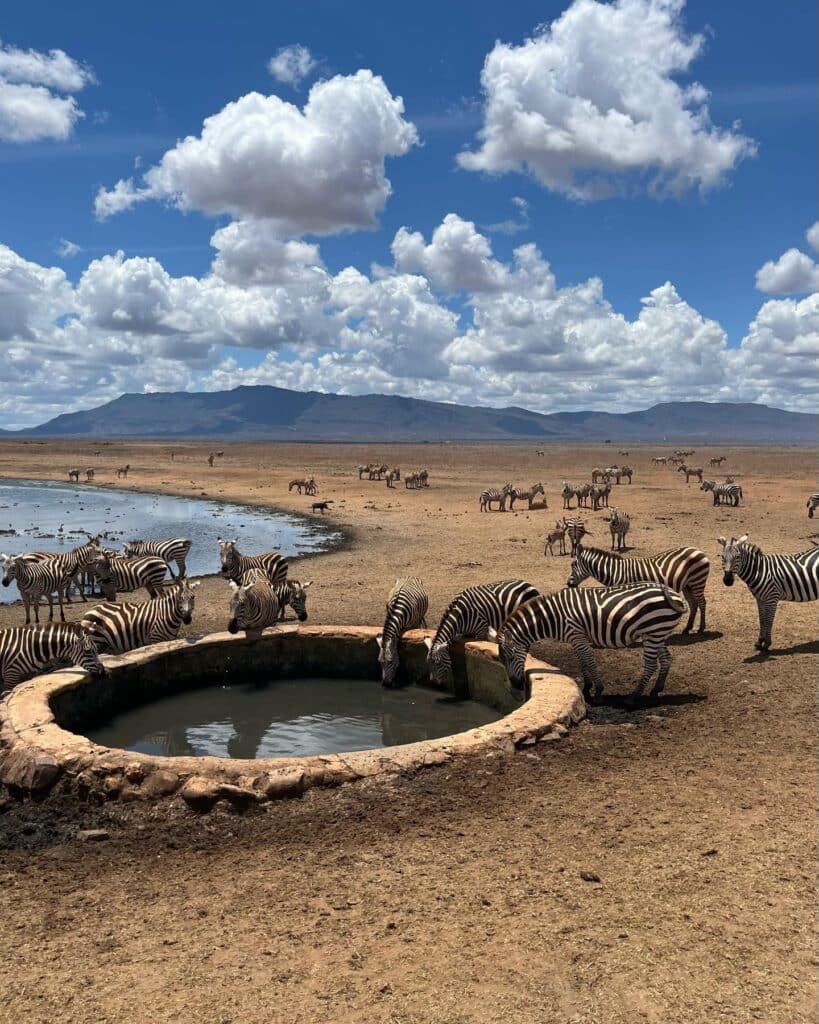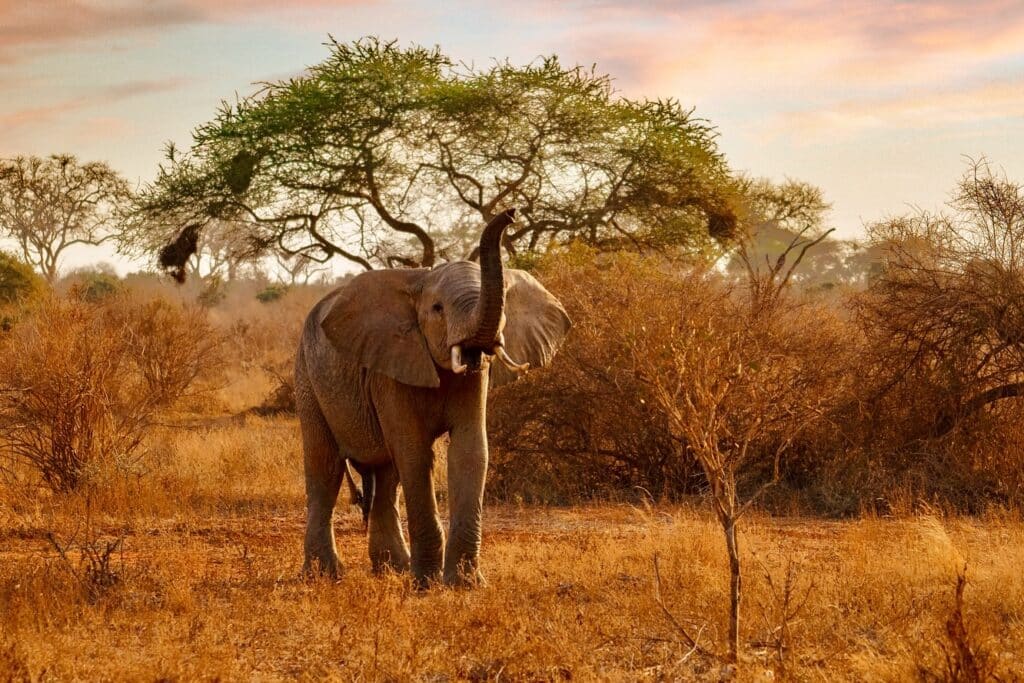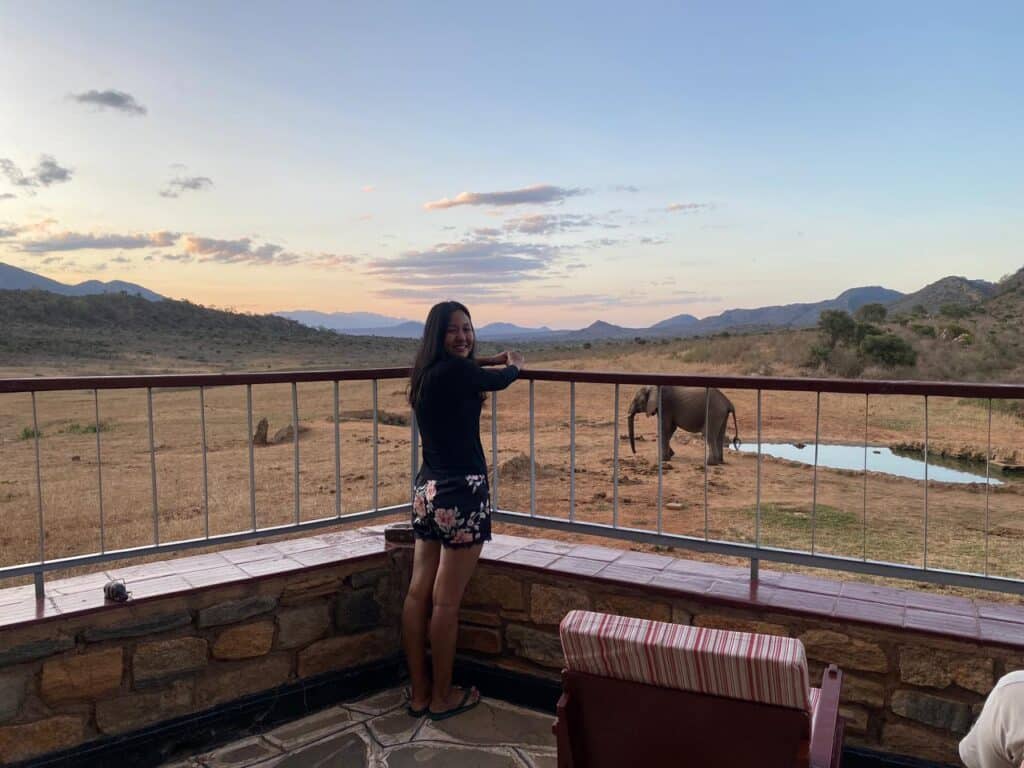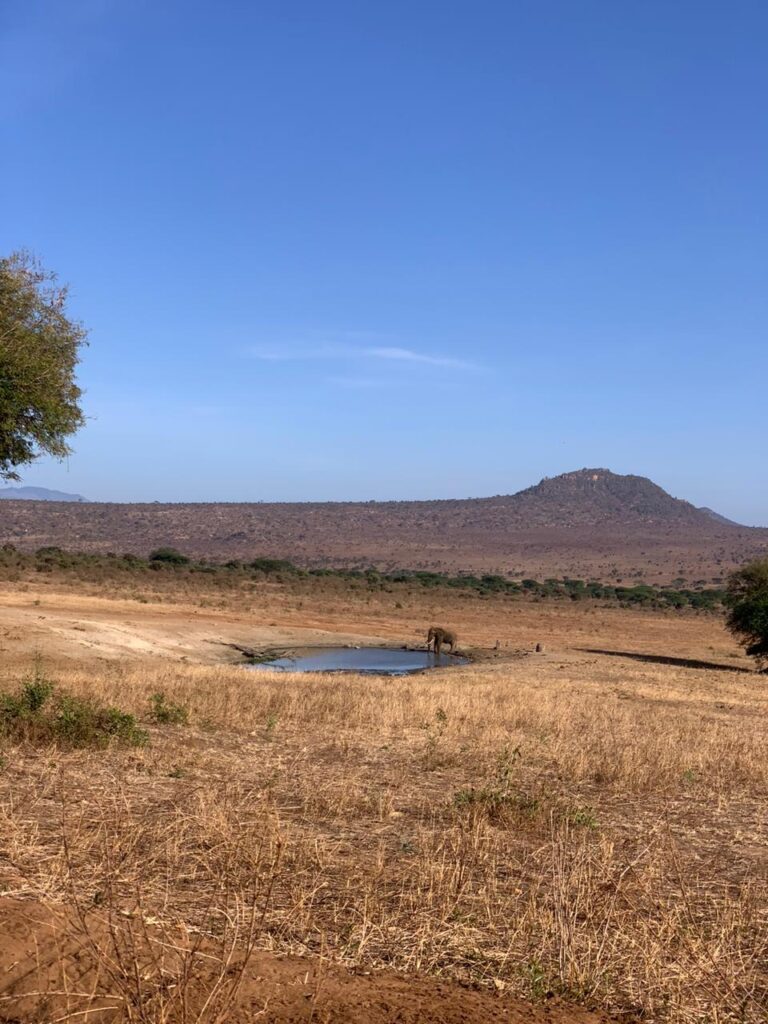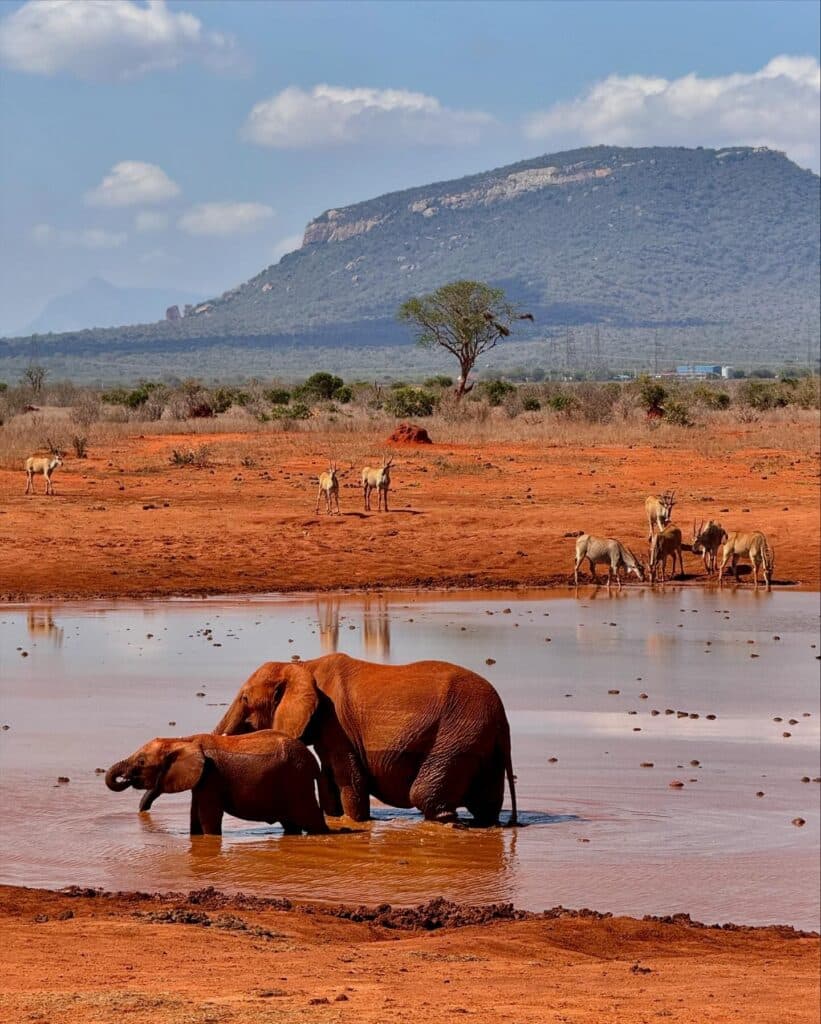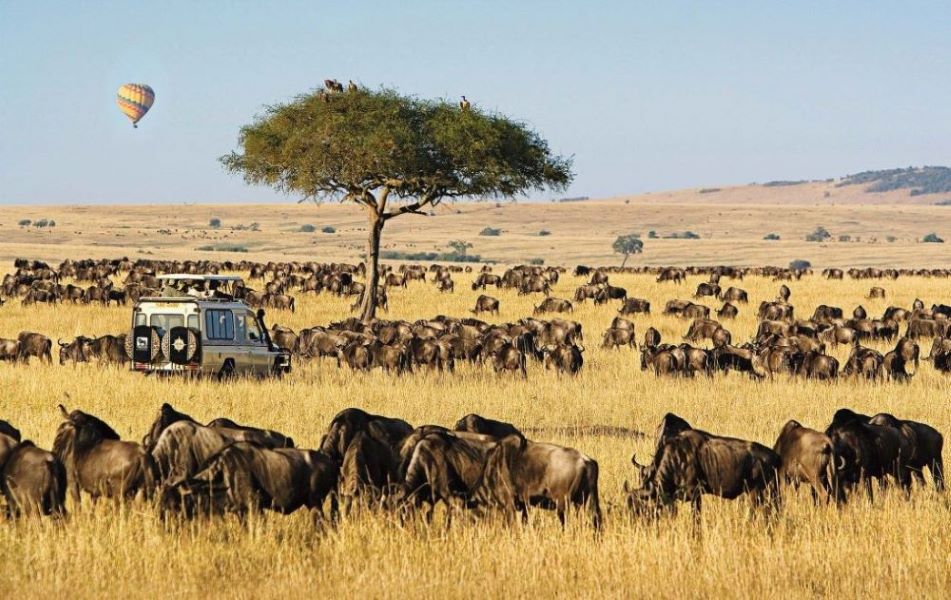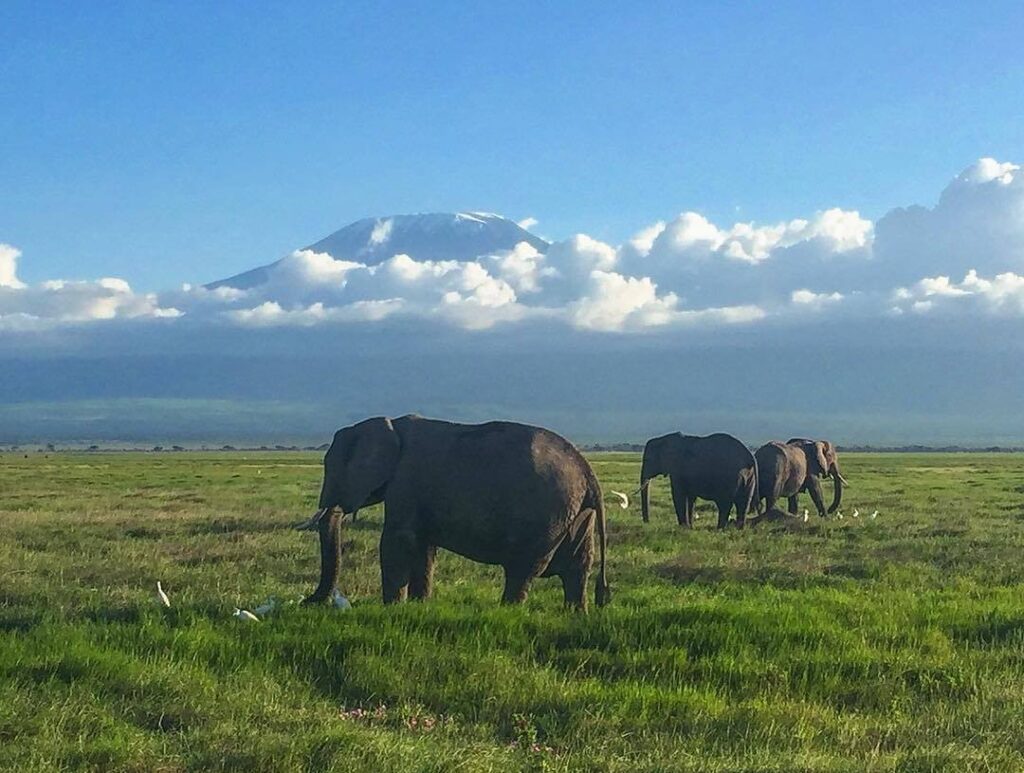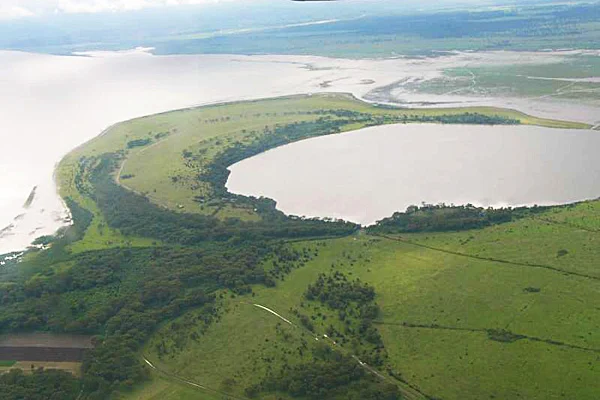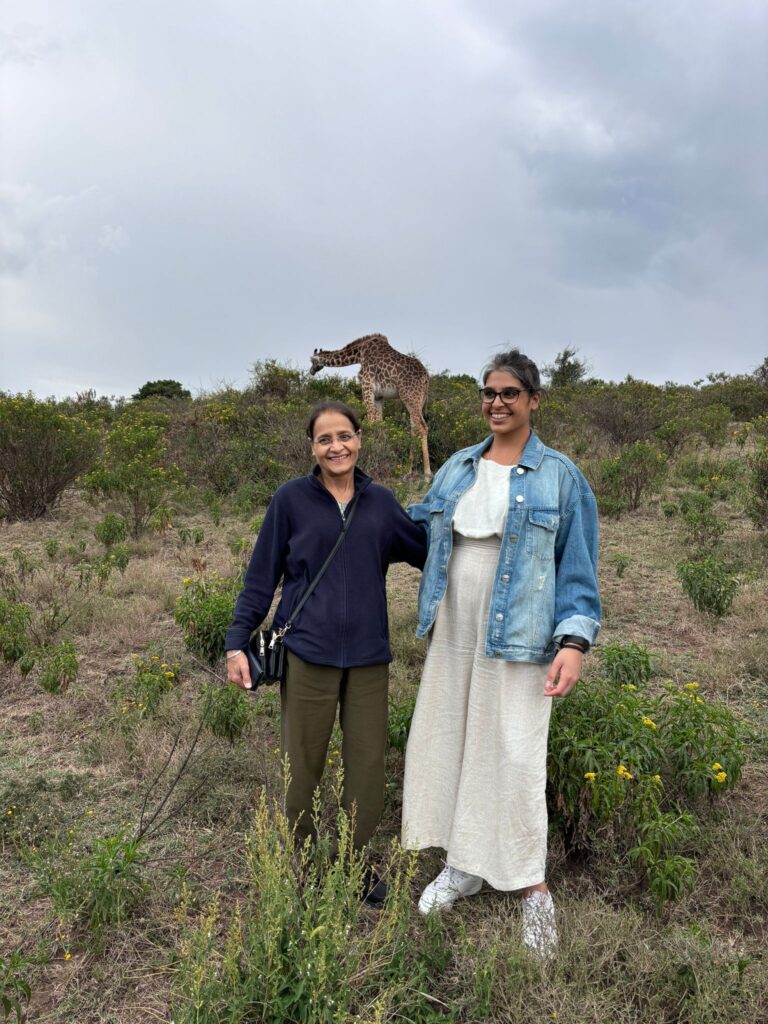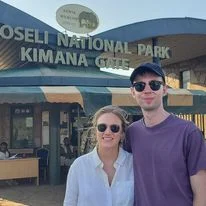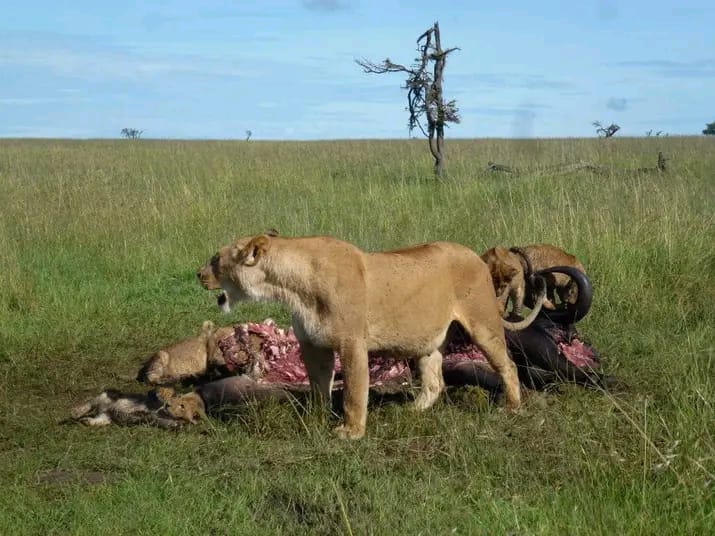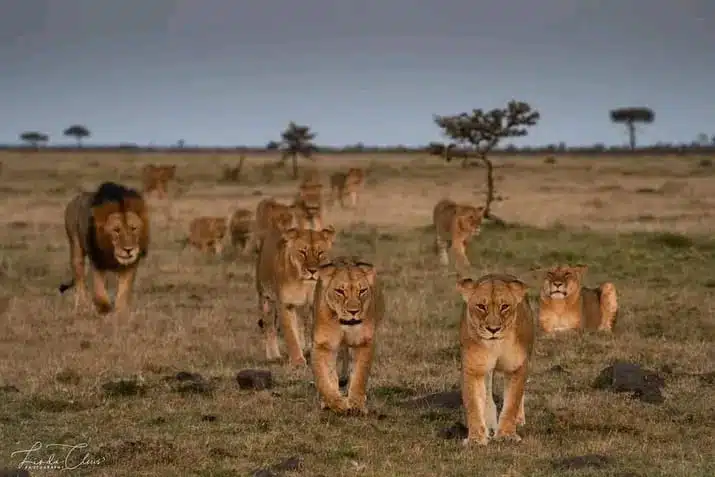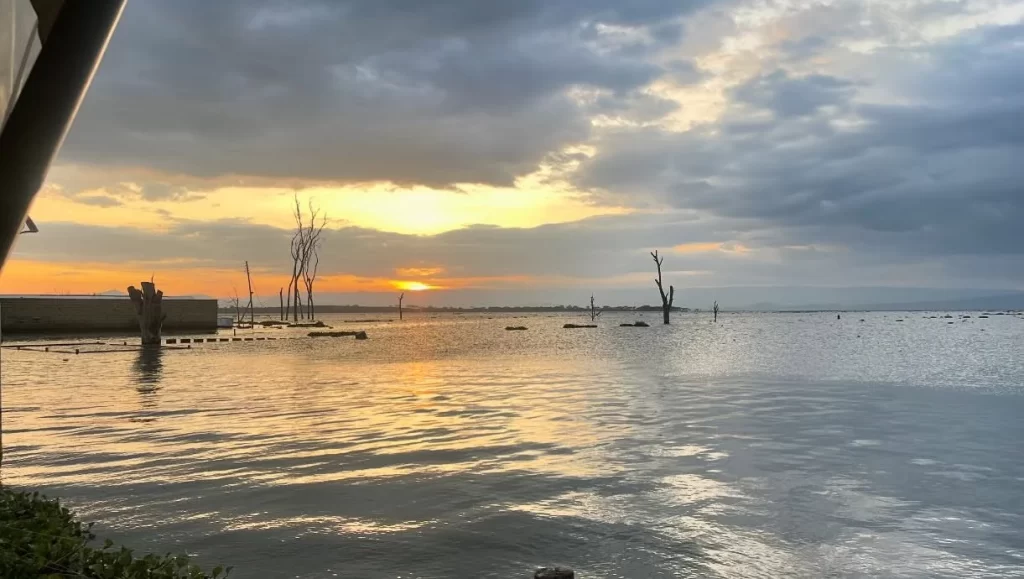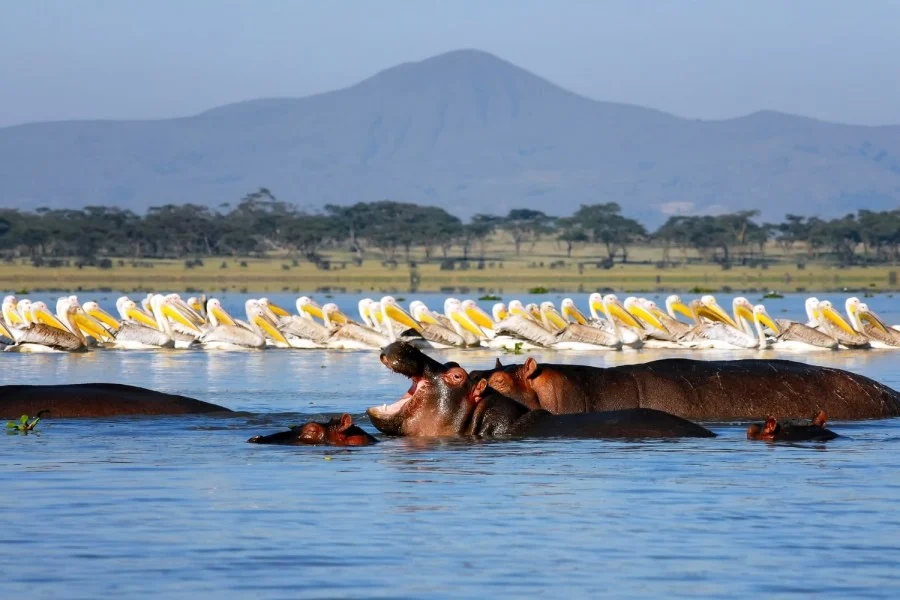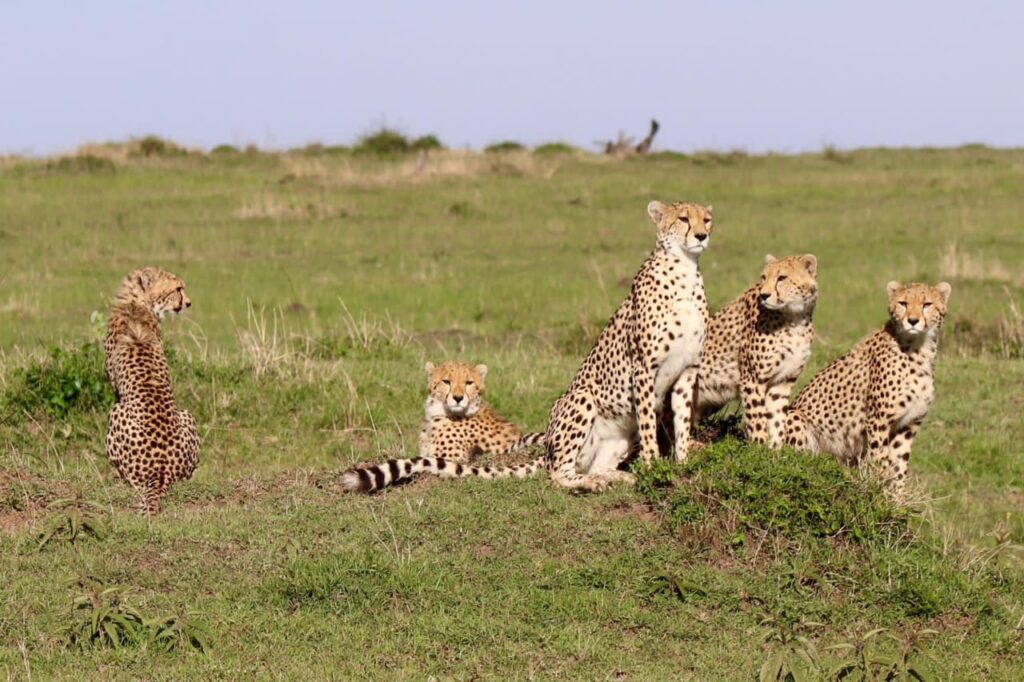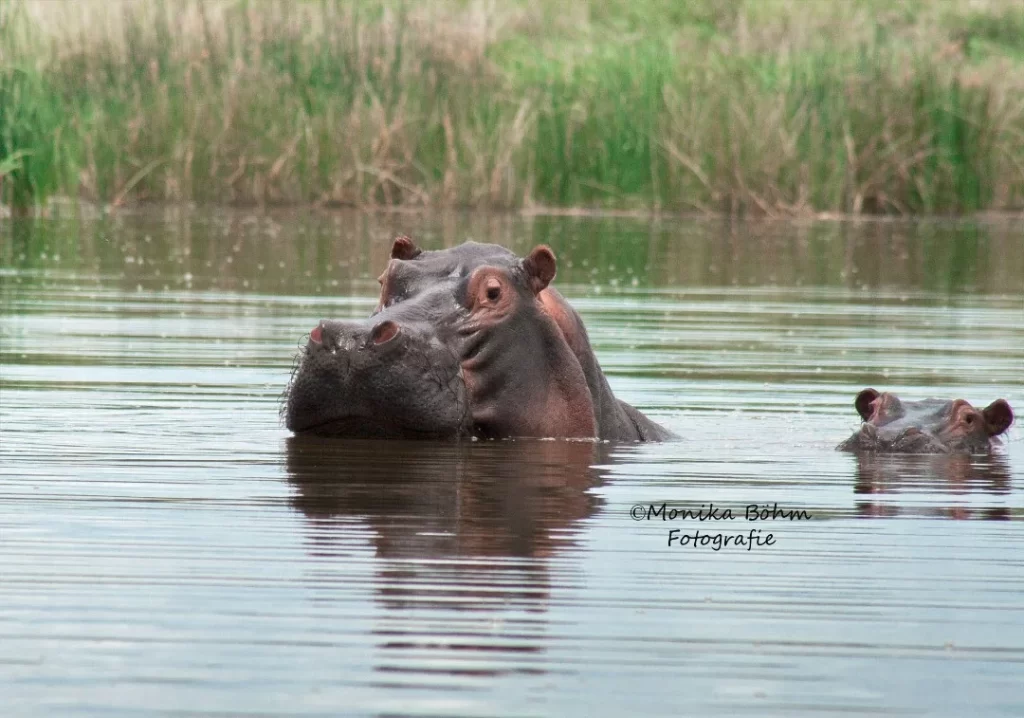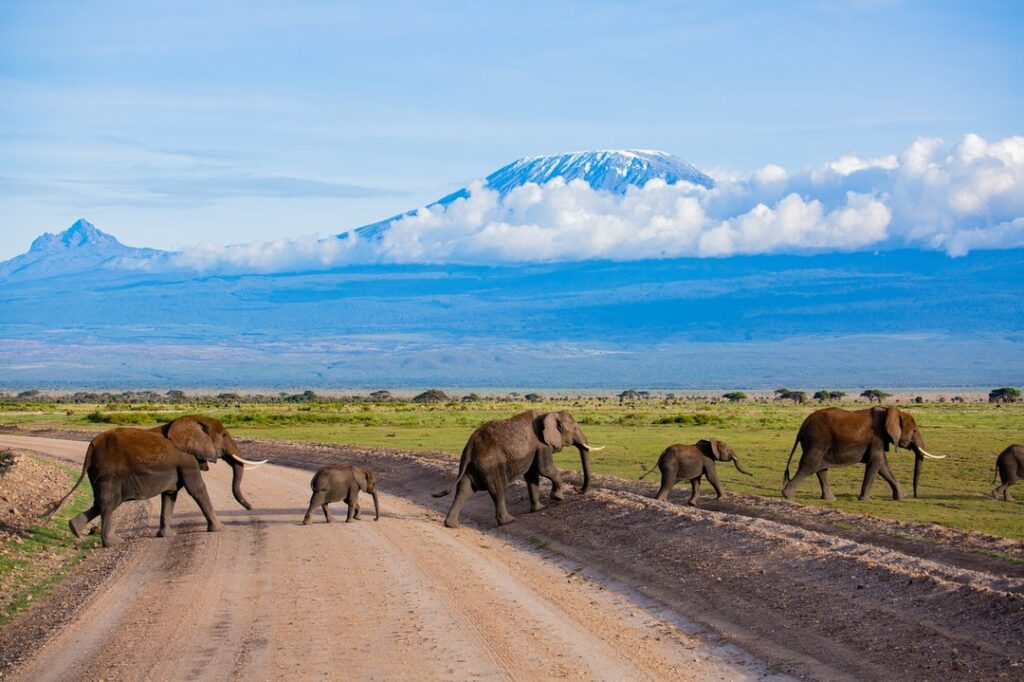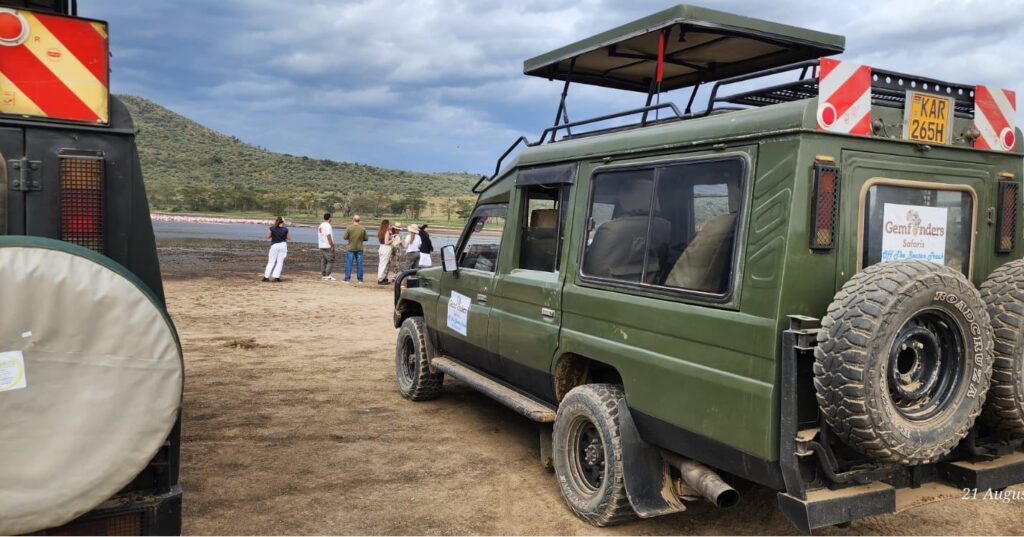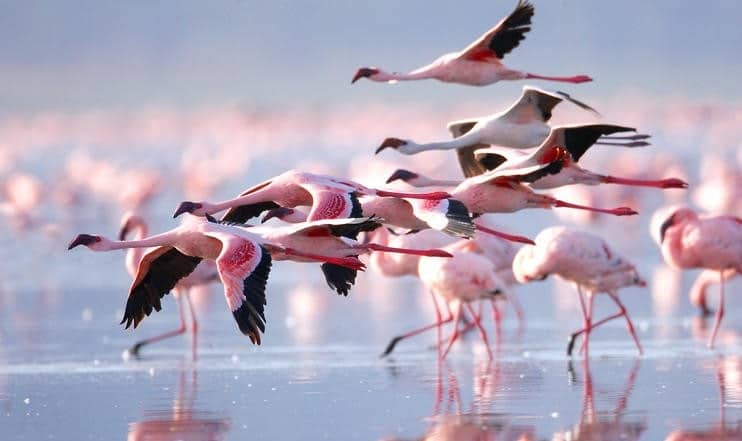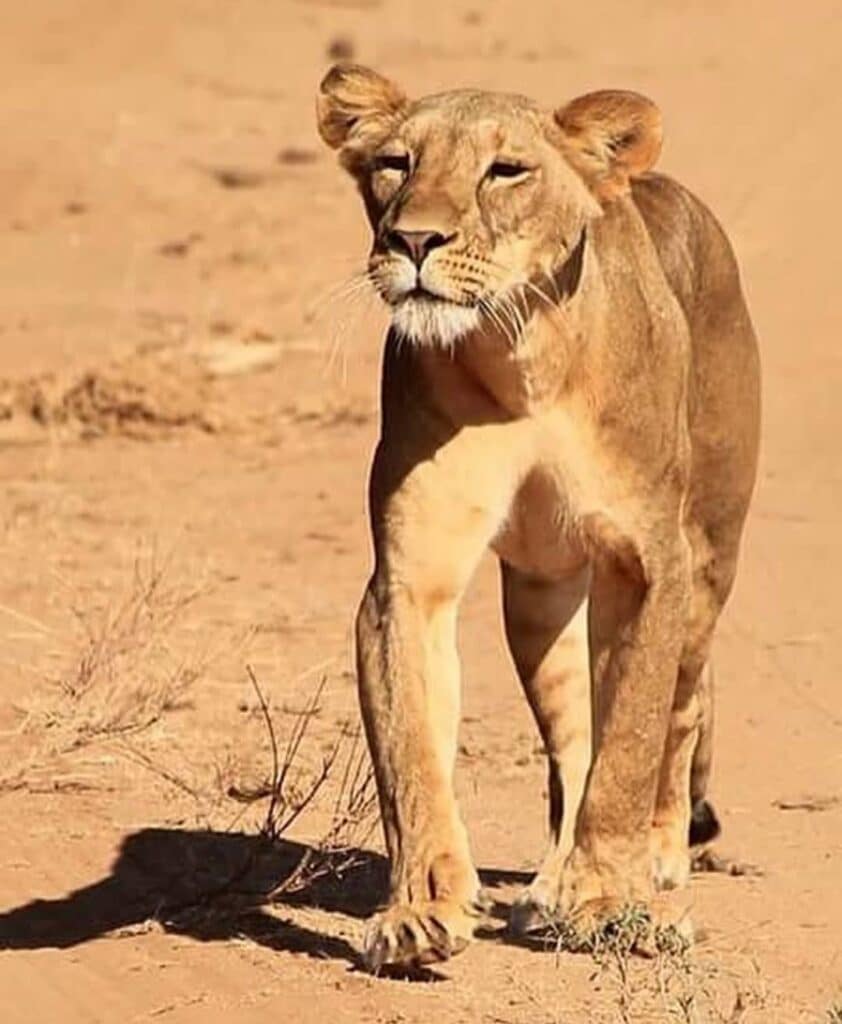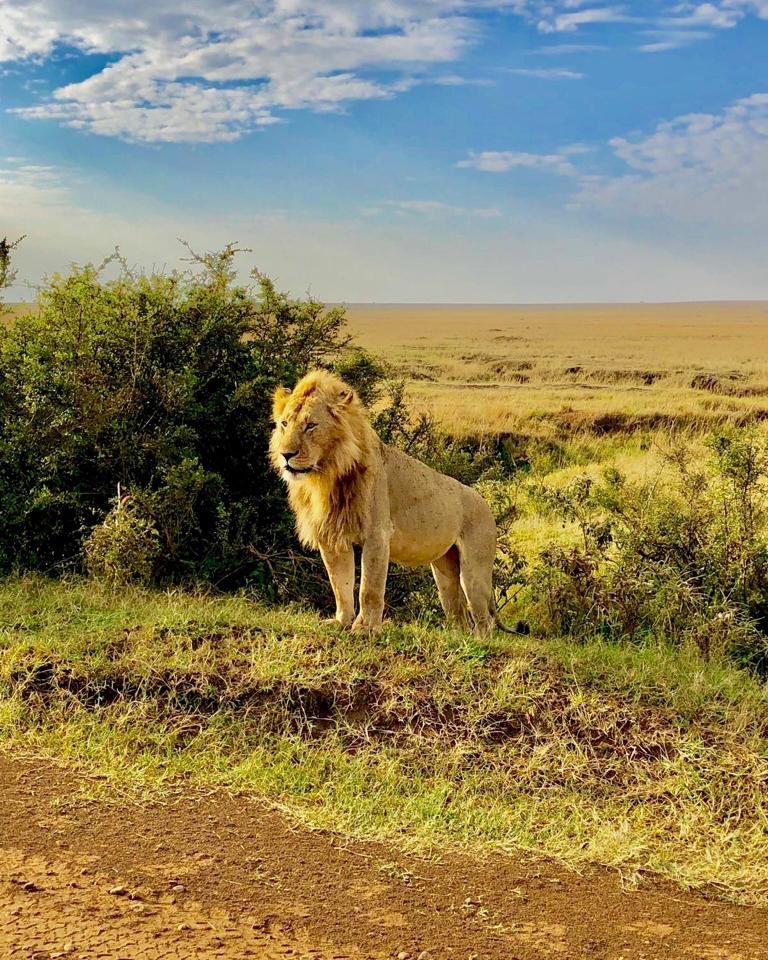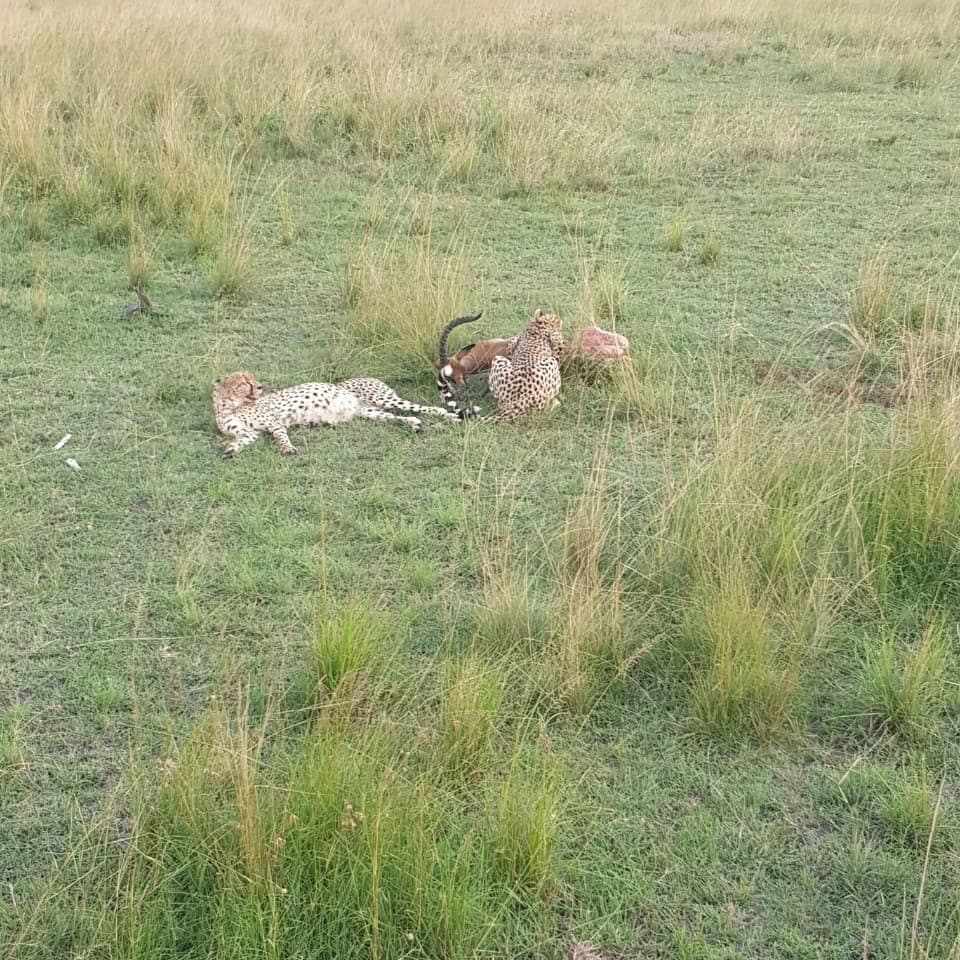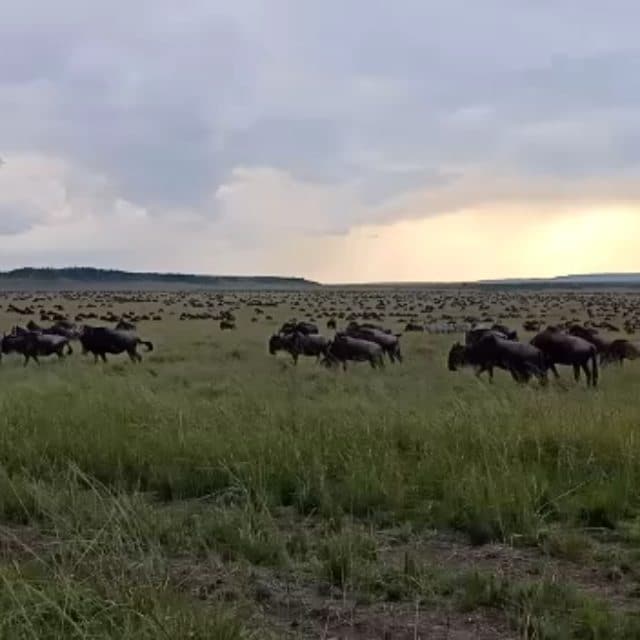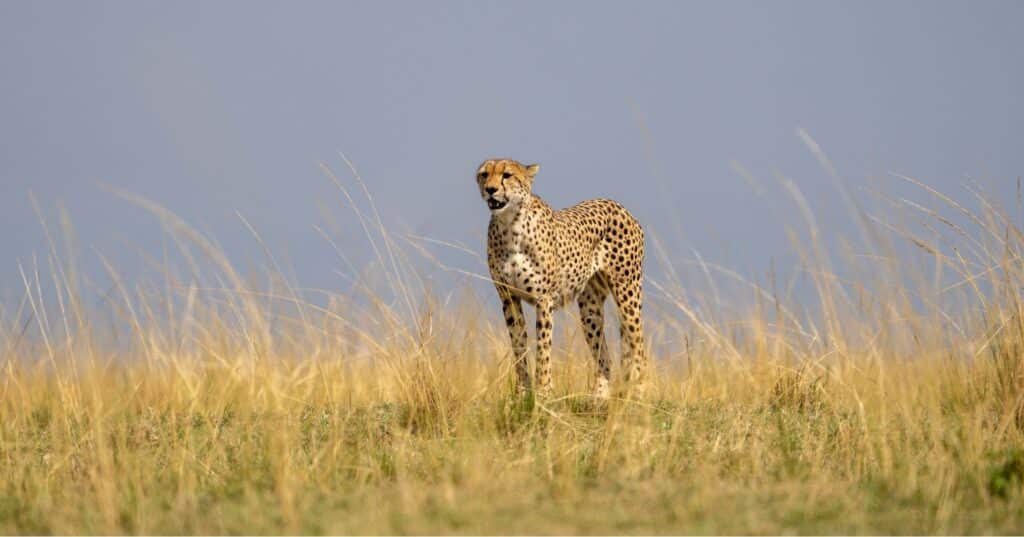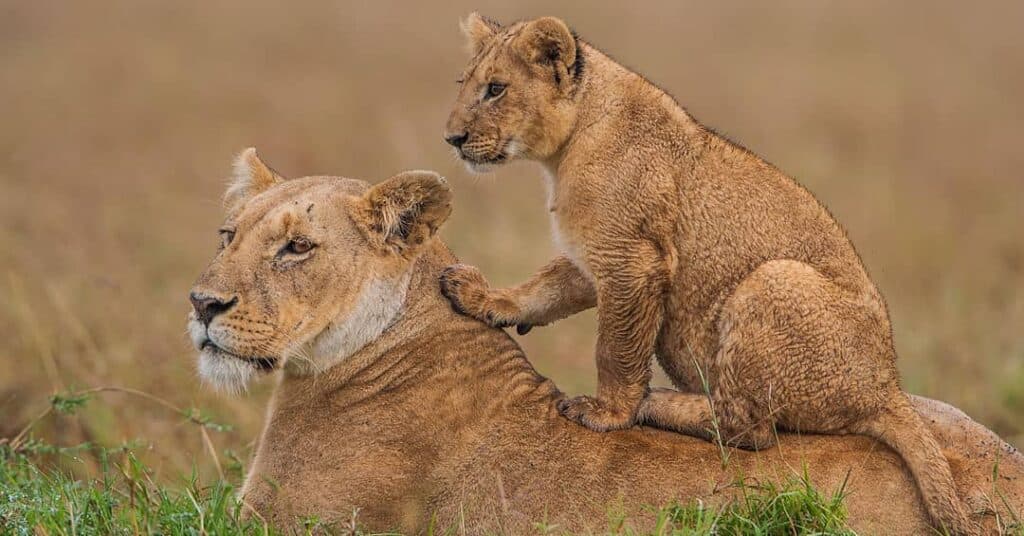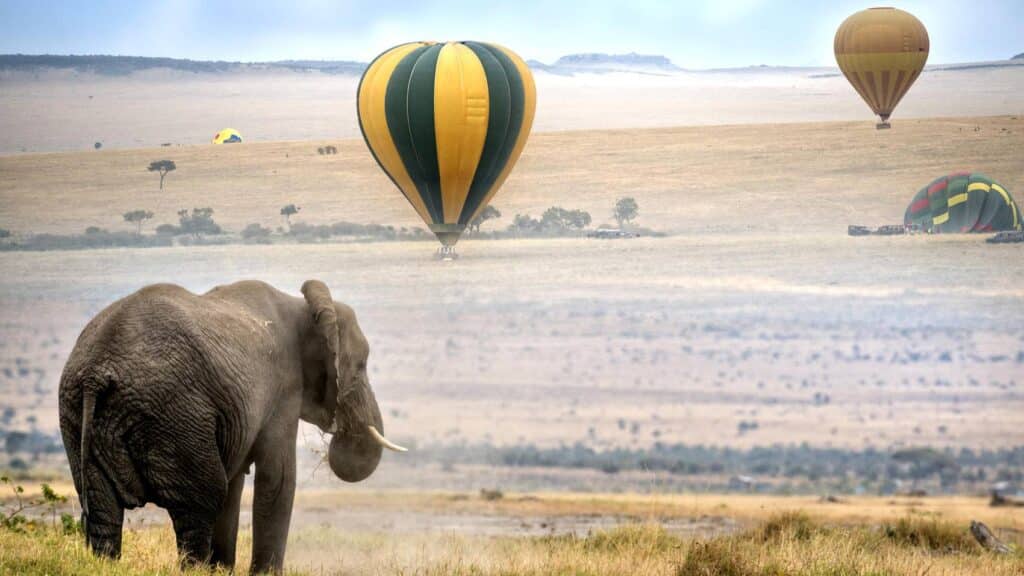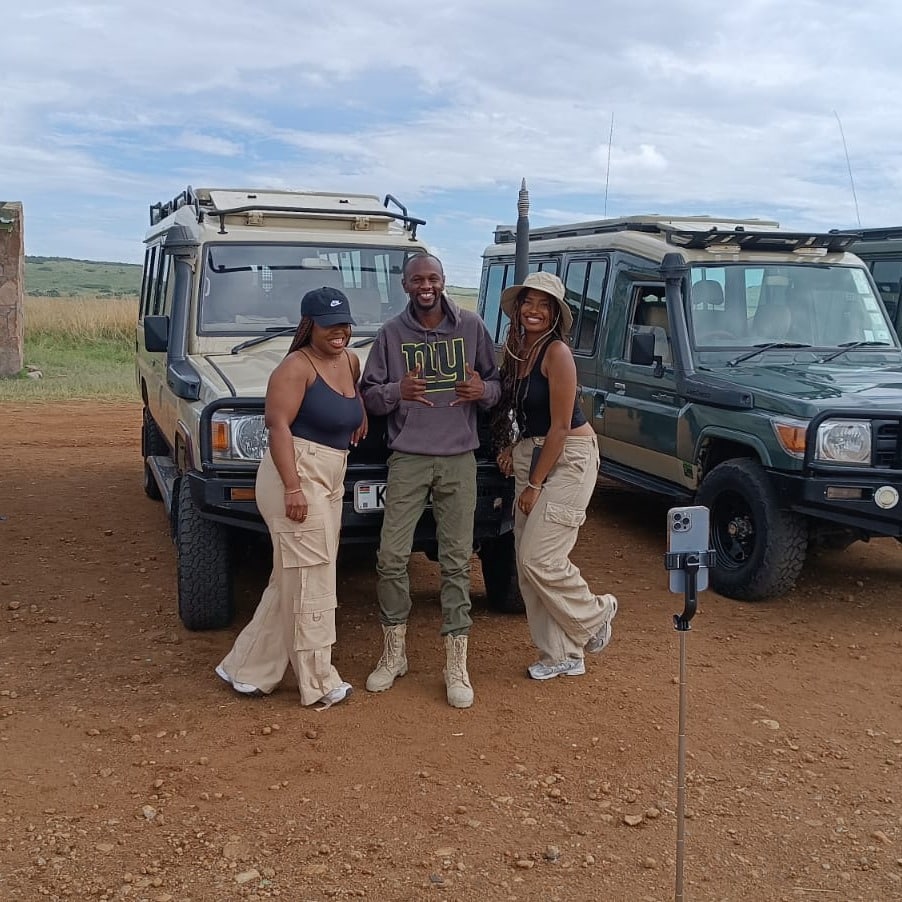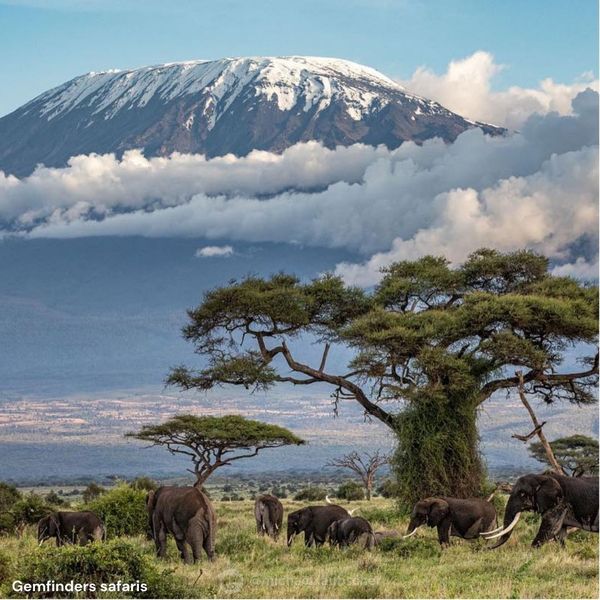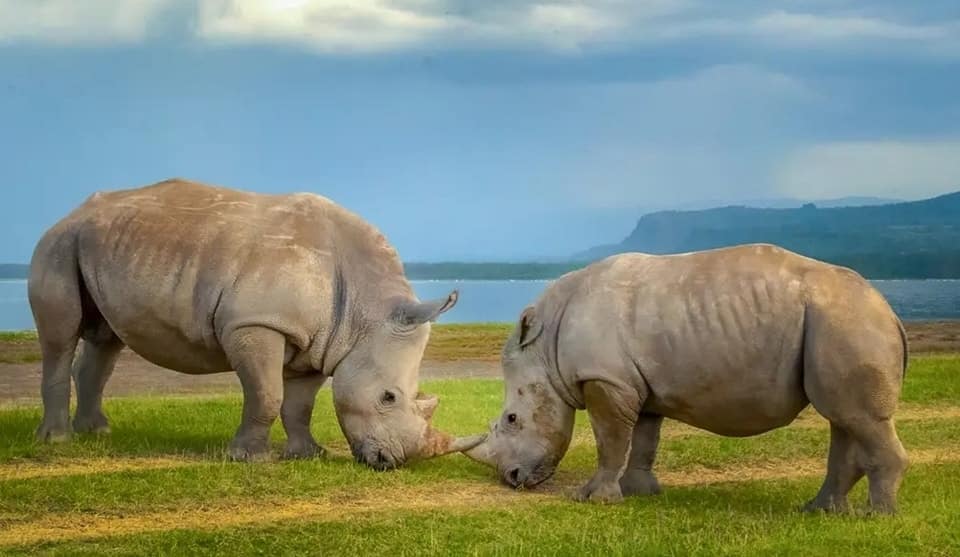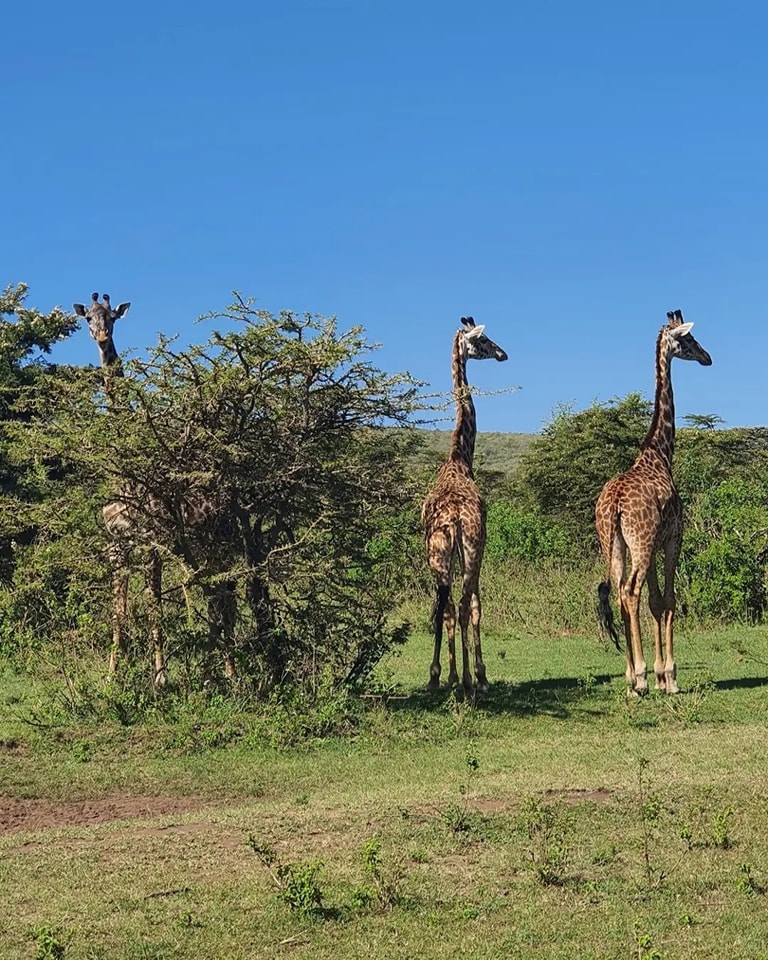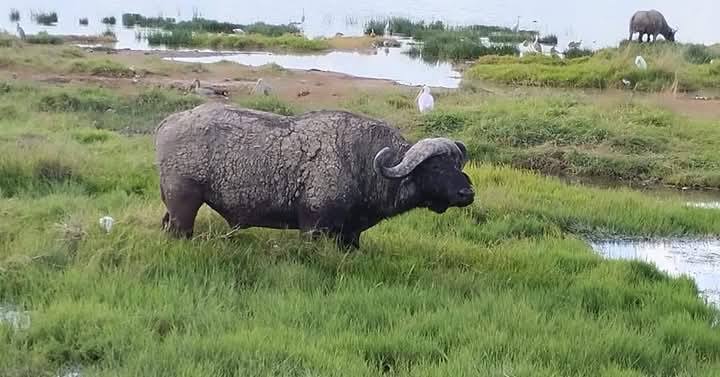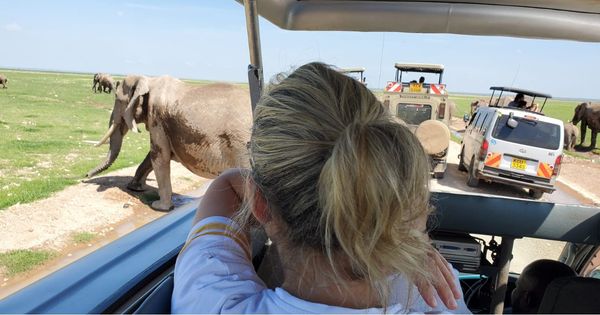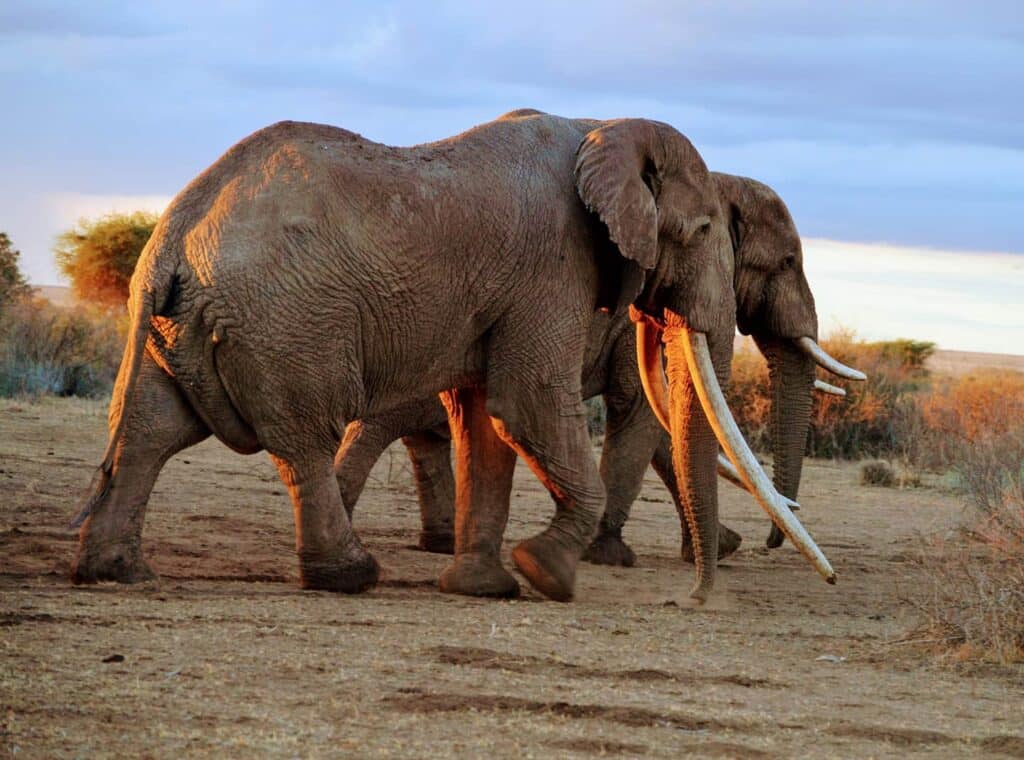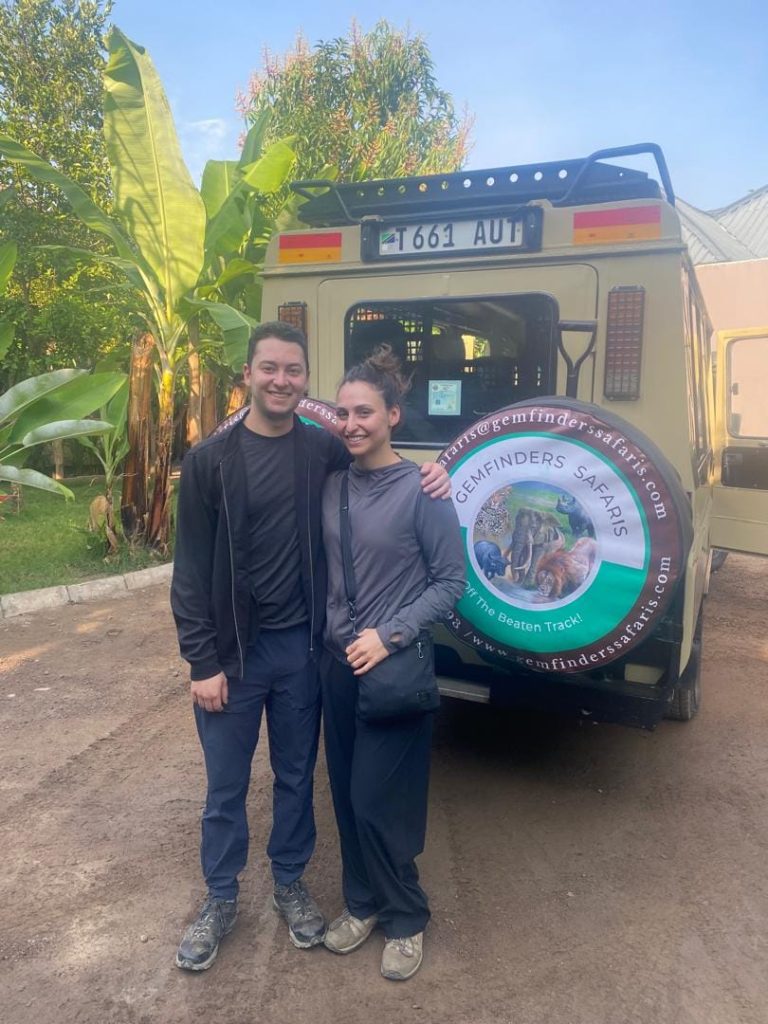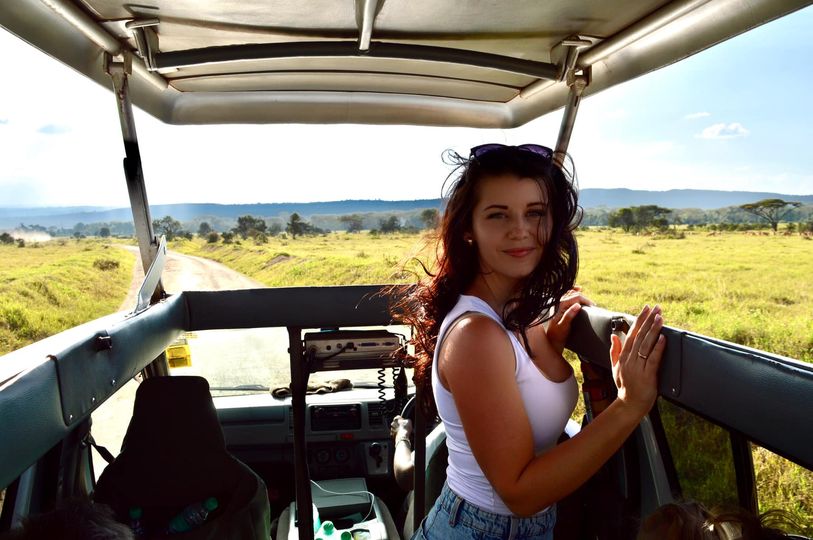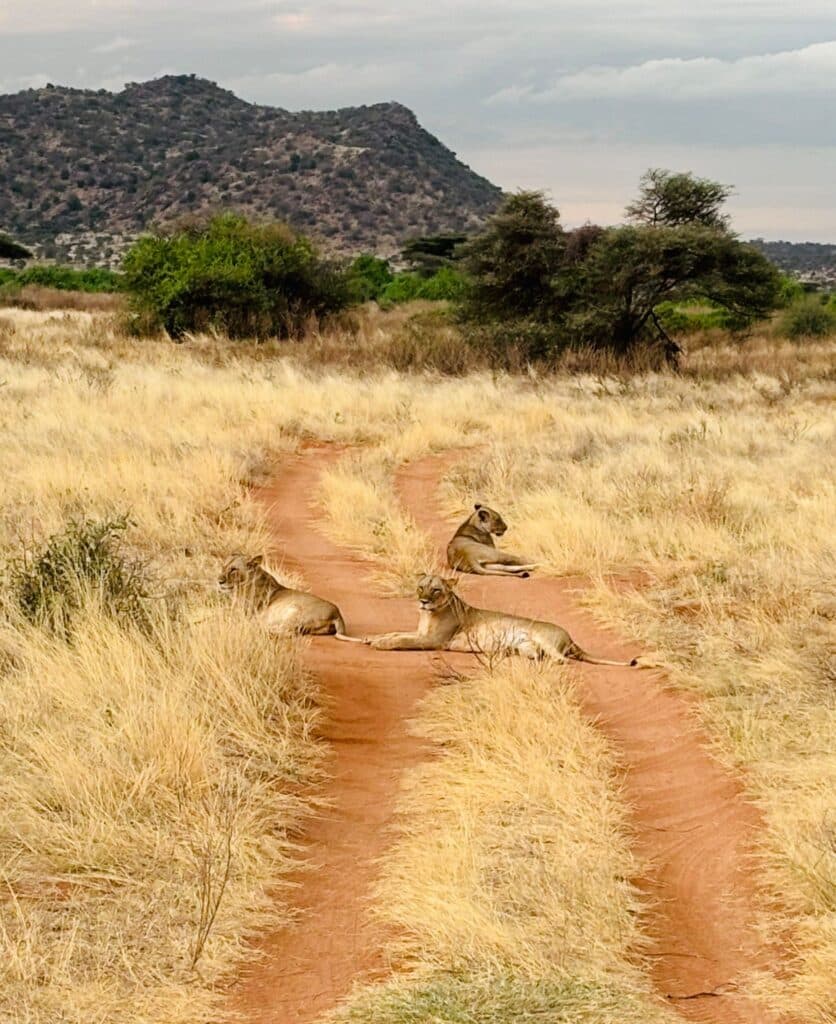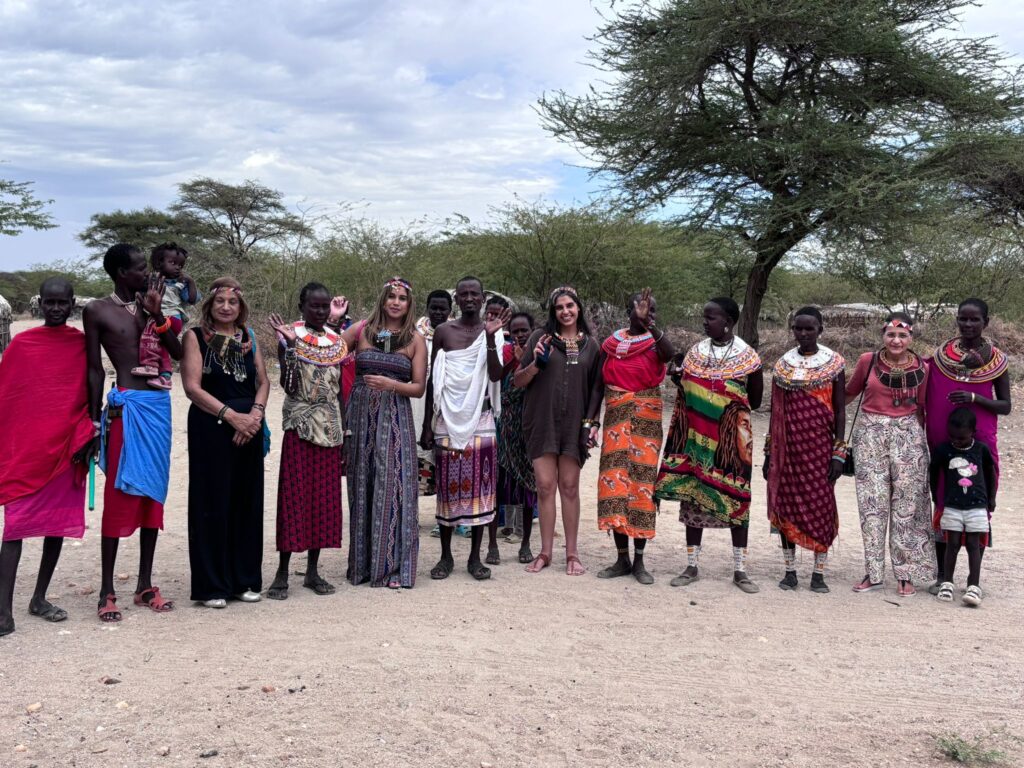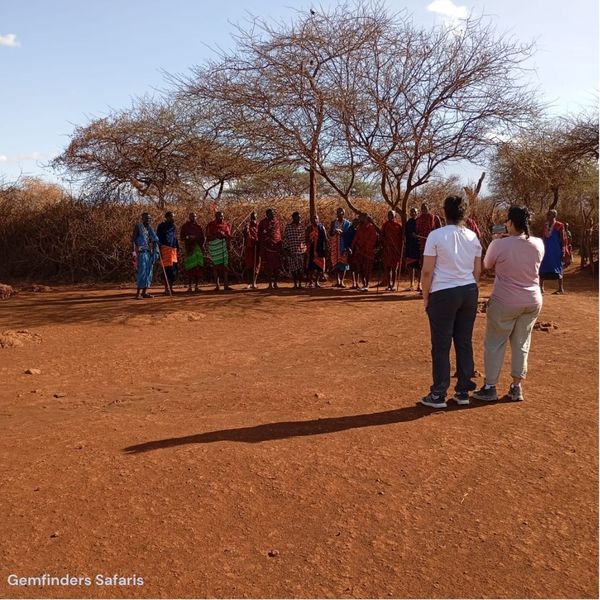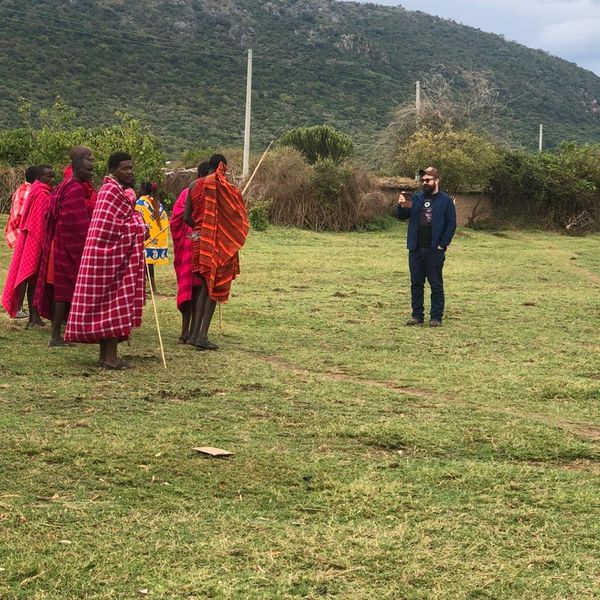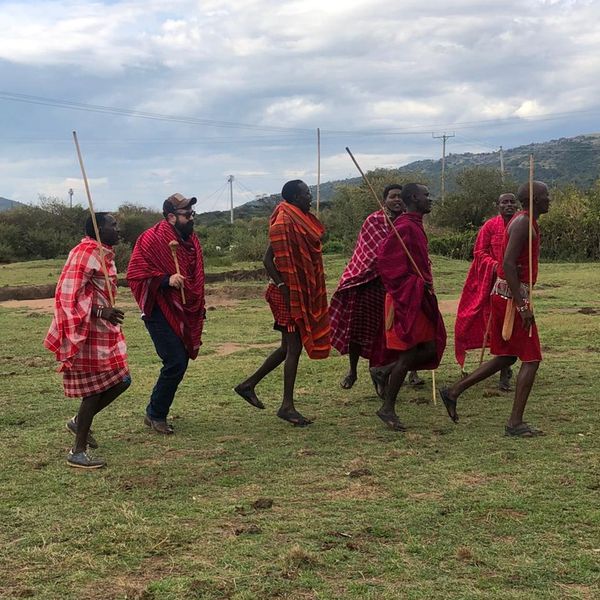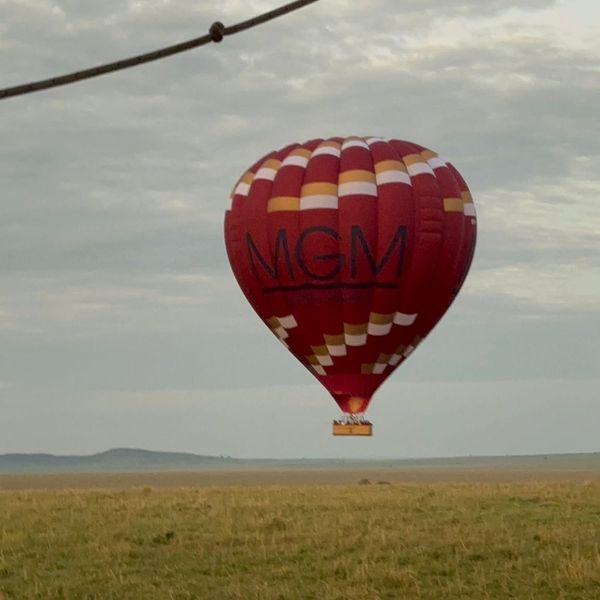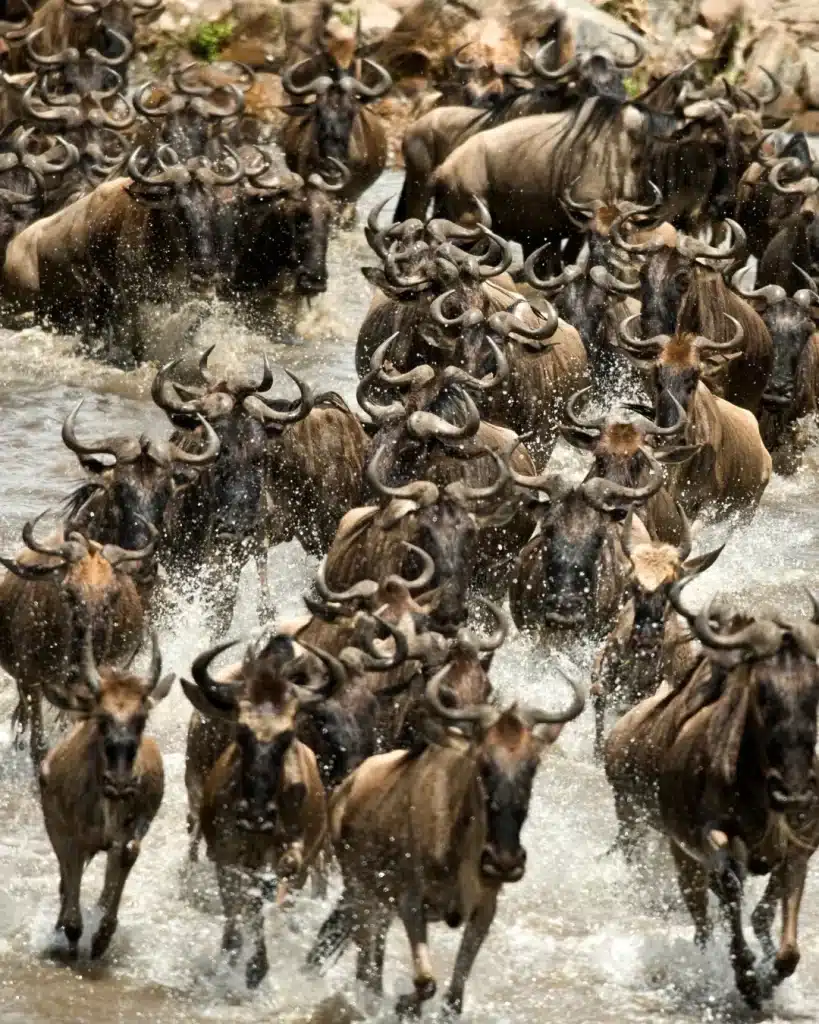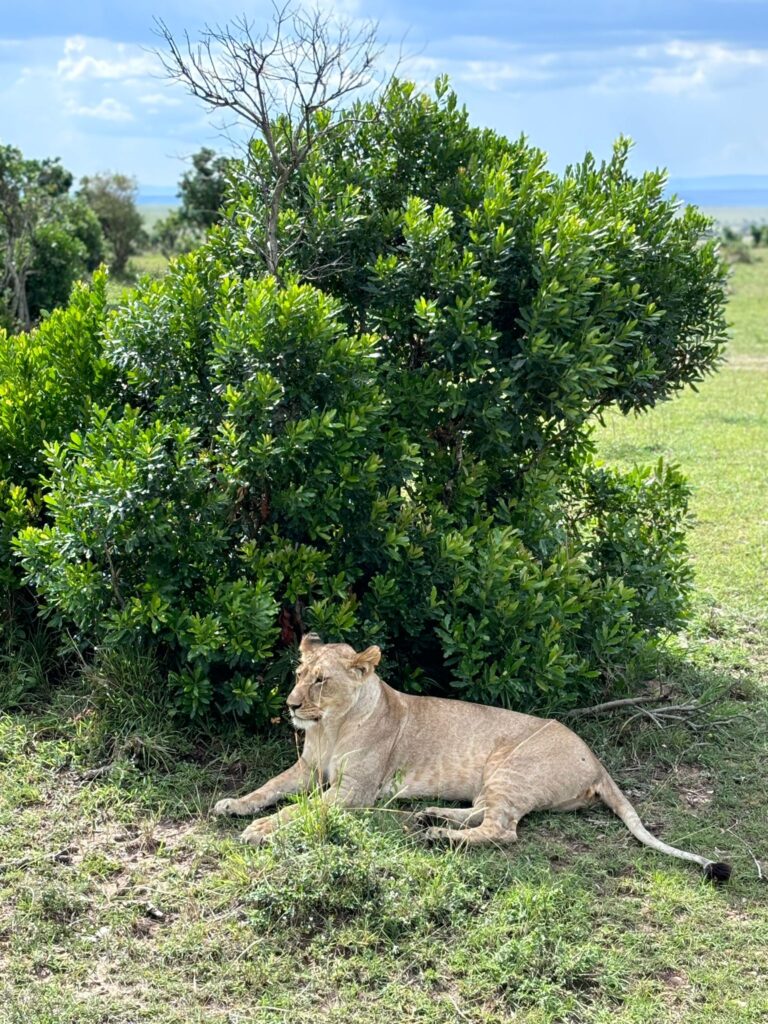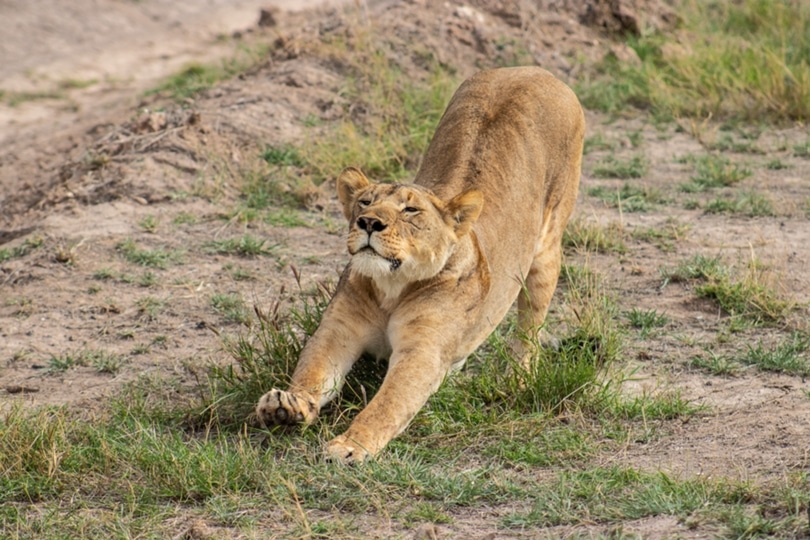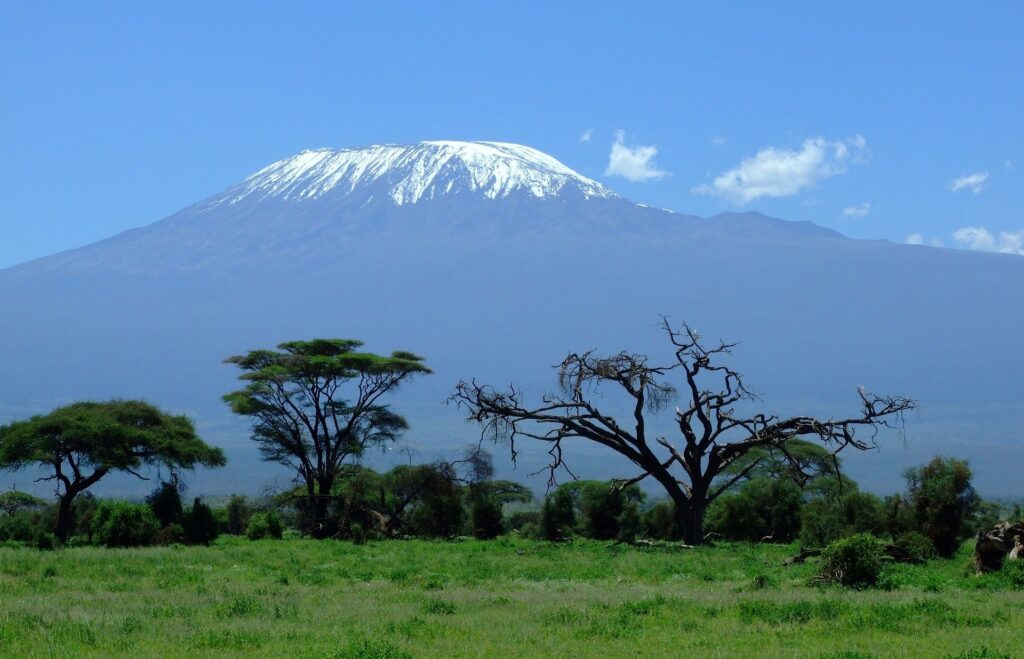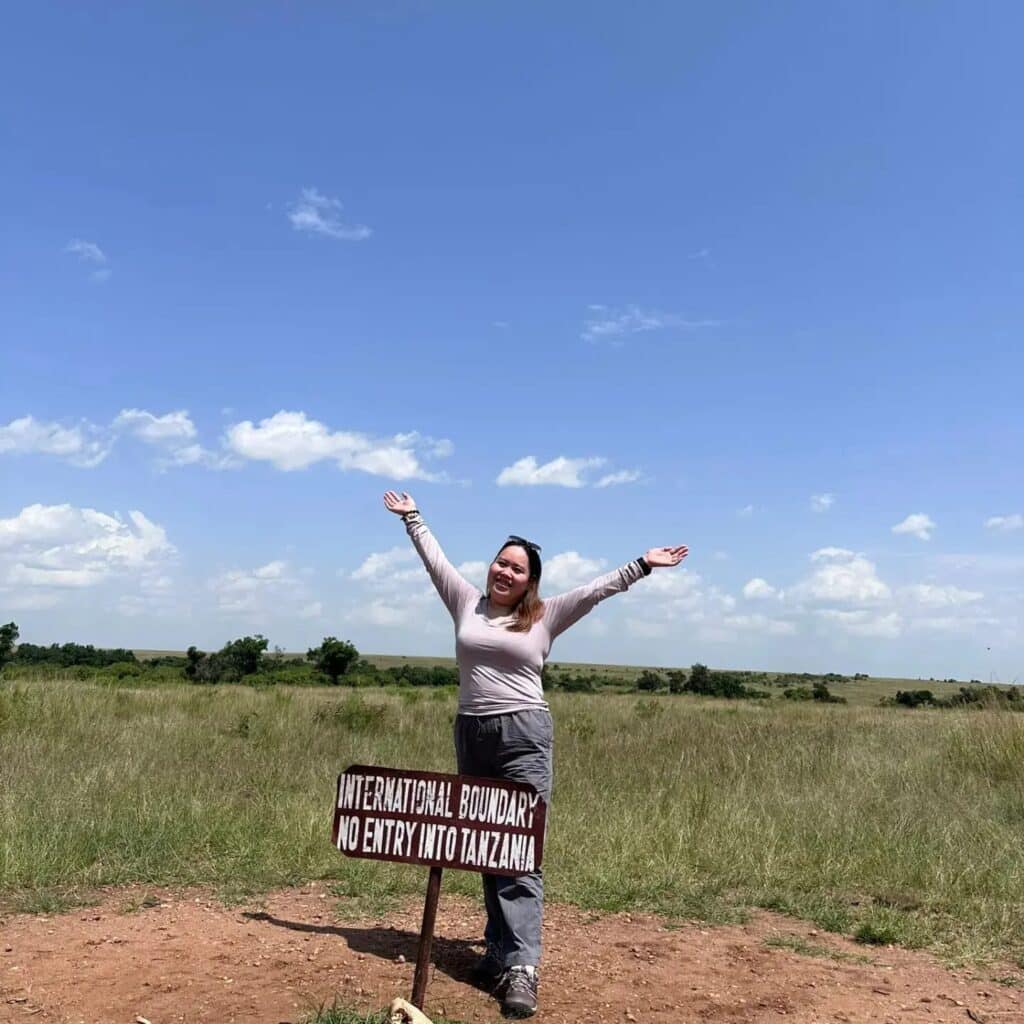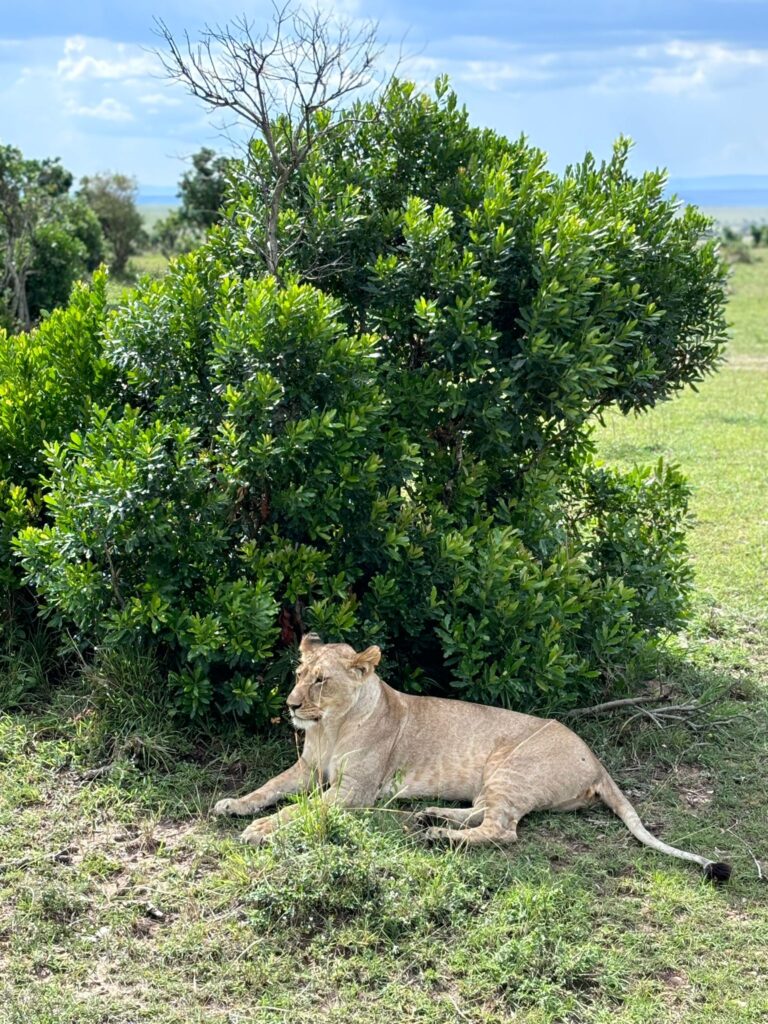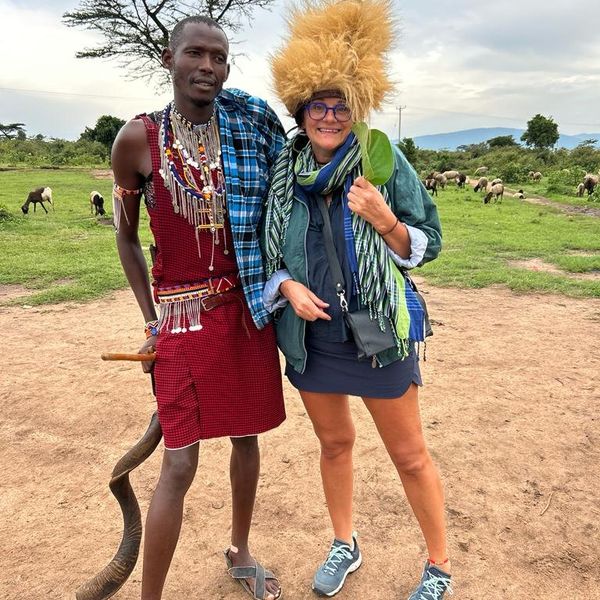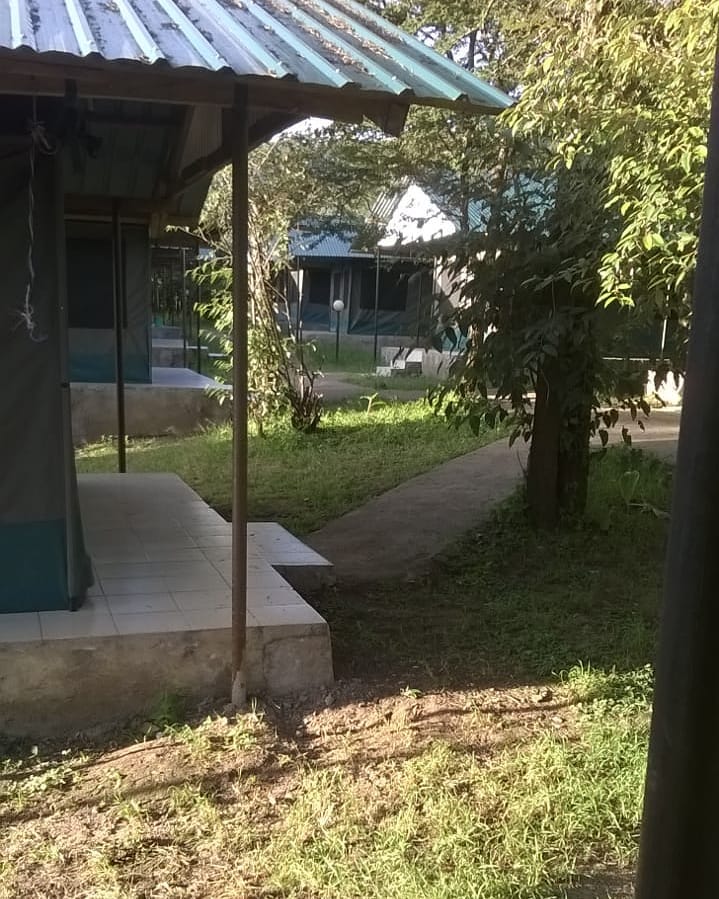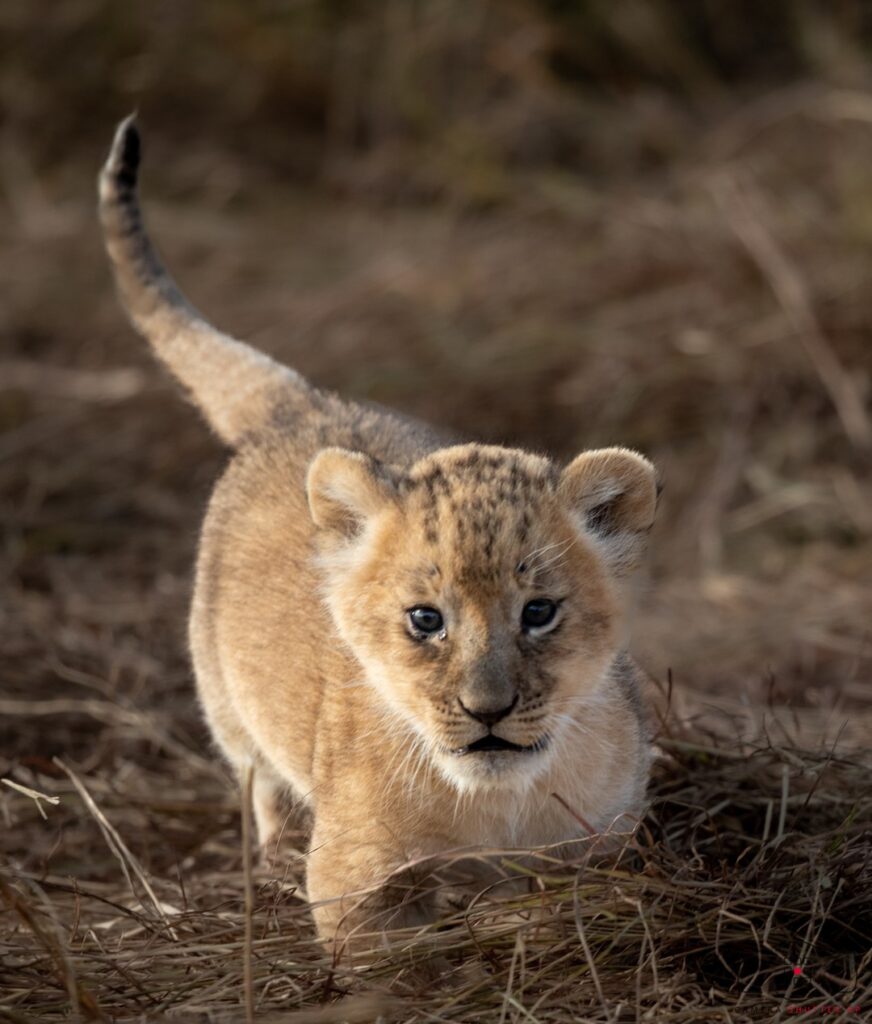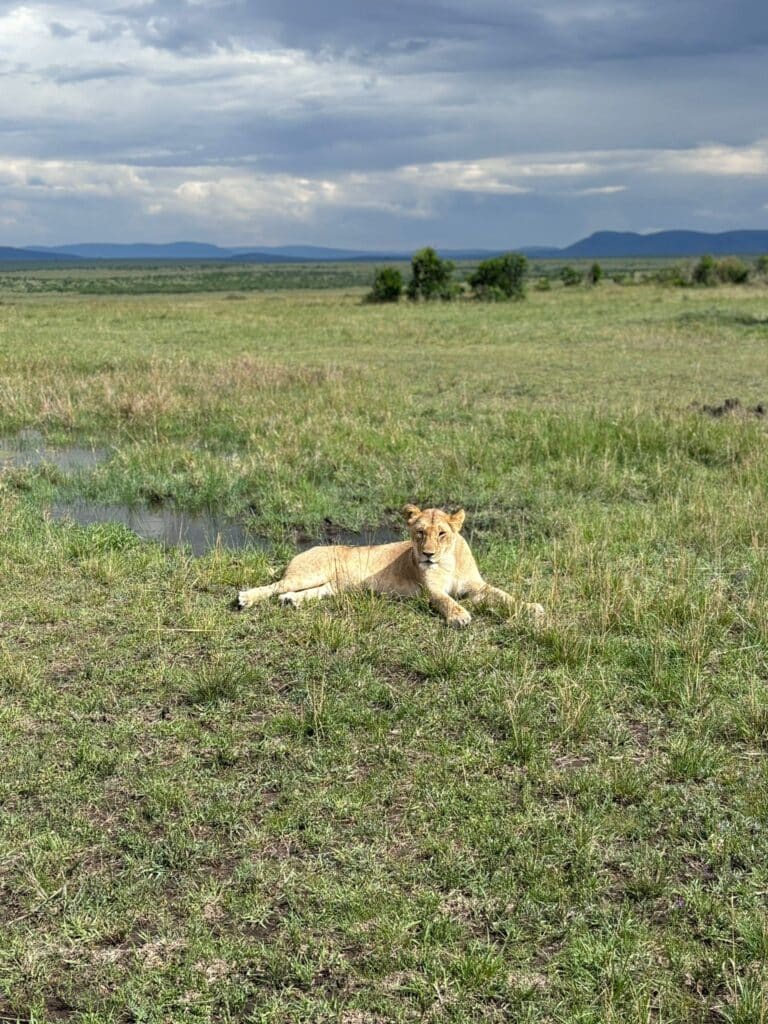- 55
- 1
- 17
- 1
- 6
- 2
- 1
- 2
- 1
- 1
- 4
- 1
- 2
- 1
- 1
- 1
- 1
- 1
- 1
- 11
- 16
- 1
- 20
- 2
- 2
- 1
- 1
- 1
- 1
- 1
- 9
- 7
- 1
- 2
- 2
- 6
- 4
- 1
- 2
- 1
- 3
- 3
- 4
- 4
- 1
- 2
- 1
- 1
Kenya, Amboseli National Park, Hell’s Gate National Park, Kakamega Forest Reserve, Lake Bogoria, Lake Naivasha, Lake Nakuru, Masai Mara, Ol Pejeta Conservancy, Tsavo National Park
23 Days – 22 Nights
Easy
Itinerary Summary: Nairobi National park – Ol Pejeta – Samburu – Lake Nakuru – Lake Bogoria – Saiwa Swamp – Kakamega Forest – Lake Victoria…
$12,000
Next Departure
Jun 04
Jun 05
Jun 06
Available through out the year:
View Trip- Jan
- Feb
- Mar
- Apr
- May
- Jun
- Jul
- Aug
- Sep
- Oct
- Nov
- Dec
Featured
Kenya, Amboseli National Park, Lake Manyara National Park, Lake Nakuru, Masai Mara, Ngorongoro, Serengeti National Park, Tanzania
11 Days – 10 Nights
Medium
Summary Itinerary: Nairobi – Masai Mara – Lake Nakuru – Amboseli – Arusha – Serengeti – Ngorongoro – Lake Manyara – Arusha. This 11-Day Kenya…
$4,550
Next Departure
Jun 04
Jun 05
Jun 06
Available through out the year:
View Trip- Jan
- Feb
- Mar
- Apr
- May
- Jun
- Jul
- Aug
- Sep
- Oct
- Nov
- Dec
Kenya, Amboseli National Park, Diani, Lake Nakuru, Masai Mara, Taita Hills Sanctuary, Tsavo National Park
10 Days – 9 Nights
Medium
Summary Itinerary: Nairobi – Masai Mara – Lake Nakuru – Amboseli – Tsavo West – Taita Hills Sanctuary – Diani – Nairobi Experience the ultimate…
$3,680
Next Departure
Jun 04
Jun 05
Jun 06
Available through out the year:
View Trip- Jan
- Feb
- Mar
- Apr
- May
- Jun
- Jul
- Aug
- Sep
- Oct
- Nov
- Dec
Kenya, Amboseli National Park, Lake Nakuru, Masai Mara, Ngorongoro, Serengeti National Park
10 Days – 9 Nights
Medium
$3,890
Next Departure
Jun 04
Jun 05
Jun 06
Available through out the year:
View Trip- Jan
- Feb
- Mar
- Apr
- May
- Jun
- Jul
- Aug
- Sep
- Oct
- Nov
- Dec
Featured
Kenya, Amboseli National Park, Crescent Island Sanctuary, Lake Naivasha, Lake Nakuru, Masai Mara, Ol Pejeta Conservancy, Samburu National Reserve
9 Days – 8 Nights
Medium
Summary Itinerary: Nairobi – Samburu – Ol Pejeta – Lake Nakuru – Masai Mara – Lake Naivasha – Crescent Island – Amboseli – Nairobi. Embark…
$2,700
Next Departure
Jun 04
Jun 05
Jun 06
Available through out the year:
View Trip- Jan
- Feb
- Mar
- Apr
- May
- Jun
- Jul
- Aug
- Sep
- Oct
- Nov
- Dec
Kenya, Lake Nakuru, Masai Mara, Ol Pejeta Conservancy, Samburu National Reserve
8 Days – 7 Nights
Medium
Embark on the 8-Days Kenya Luxury SafariExperience Kenya’s top wildlife reserves on this 8-days Kenya luxury safari. From Samburu’s unique “Special Five” to the Big…
$4,100
Next Departure
Jun 04
Jun 05
Jun 06
Available through out the year:
View Trip- Jan
- Feb
- Mar
- Apr
- May
- Jun
- Jul
- Aug
- Sep
- Oct
- Nov
- Dec
Featured
Kenya, Amboseli National Park, Crescent Island Sanctuary, Lake Naivasha, Lake Nakuru, Masai Mara, Tsavo National Park
7 Days – 6 Nights
Easy
Summary Itinerary: Nairobi – Masai Mara – Lake Nakuru – Lake Naivasha – Crescent Island – Amboseli – Tsavo East – Nairobi. Explore this 7-day…
$2,300
Next Departure
Jun 04
Jun 05
Jun 06
Available through out the year:
View Trip- Jan
- Feb
- Mar
- Apr
- May
- Jun
- Jul
- Aug
- Sep
- Oct
- Nov
- Dec
Kenya, Amboseli National Park, Lake Naivasha, Masai Mara
7 Days – 6 Nights
Medium
7-day Kenya Budget Safari Tour through Kenya’s top parks. Begin at Amboseli National Park, staying at Manjaro Tented Camp, with views of elephants and Mount…
$1,050
Next Departure
Jun 04
Jun 05
Jun 06
Available through out the year:
View Trip- Jan
- Feb
- Mar
- Apr
- May
- Jun
- Jul
- Aug
- Sep
- Oct
- Nov
- Dec
Featured
Kenya, Amboseli National Park, Lake Nakuru, Masai Mara
6 Days – 5 Nights
Easy
Summary Itinerary: Nairobi – Masai Mara – Lake Nakuru – Amboseli – Nairobi The 6-Day Masai Mara, Lake Nakuru, and Amboseli Safari itinerary offers a…
$1,490
Next Departure
Jun 04
Jun 05
Jun 06
Available through out the year:
View Trip- Jan
- Feb
- Mar
- Apr
- May
- Jun
- Jul
- Aug
- Sep
- Oct
- Nov
- Dec
Kenya, Amboseli National Park, Lake Nakuru, Masai Mara
6 Days – 5 Nights
Easy
Summary Itinerary: Nairobi – Masai Mara – Lake Nakuru – Amboseli – Nairobi. Explore Kenya’s Big Five and iconic wildlife on a 6-Day Unforgettable Maasai…
$960
Next Departure
Jun 04
Jun 05
Jun 06
Available through out the year:
View Trip- Jan
- Feb
- Mar
- Apr
- May
- Jun
- Jul
- Aug
- Sep
- Oct
- Nov
- Dec
Featured
Kenya, Hell’s Gate National Park, Lake Nakuru, Masai Mara
5 Days – 4 Nights
Medium
Summary Itinerary: Nairobi – Masai Mara – Lake Nakuru – Lake Naivasha – Crescent Island – Hell’s Gate – Nairobi. This 5-Day Safari itinerary from…
$940
Next Departure
Jun 04
Jun 05
Jun 06
Available through out the year:
View Trip- Jan
- Feb
- Mar
- Apr
- May
- Jun
- Jul
- Aug
- Sep
- Oct
- Nov
- Dec
Kenya, Lake Baringo, Lake Nakuru, Masai Mara, Samburu National Reserve
5 Days – 4 Nights
Easy
Summary Itinerary: Nairobi – Masai Mara – Lake Nakuru – Lake Baringo – Samburu – Nairobi Embark on an exhilarating 5-day Kenya Private Safari itinerary…
$720
Next Departure
Jun 04
Jun 05
Jun 06
Available through out the year:
View Trip- Jan
- Feb
- Mar
- Apr
- May
- Jun
- Jul
- Aug
- Sep
- Oct
- Nov
- Dec
Featured
Kenya, Crescent Island Sanctuary, Lake Naivasha, Lake Nakuru, Masai Mara
4 Days – 3 Nights
Easy
Summary Itinerary: Nairobi – Masai Mara – Lake Nakuru – Lake Naivasha – Crescent Island – Nairobi. This 4-Day Safari itinerary to Masai Mara, Lake…
$1,130
Next Departure
Jun 04
Jun 05
Jun 06
Available through out the year:
View Trip- Jan
- Feb
- Mar
- Apr
- May
- Jun
- Jul
- Aug
- Sep
- Oct
- Nov
- Dec
Kenya, Masai Mara
4 Days – 3 Nights
Medium
Summary Itinerary: Nairobi – Masai Mara – Nairobi Kick off your epic 4-day Masai Mara Migration Safari itinerary with Gemfinders Safaris and dive into the…
$1,350
Next Departure
Jun 04
Jun 05
Jun 06
Available through out the year:
View Trip- Jan
- Feb
- Mar
- Apr
- May
- Jun
- Jul
- Aug
- Sep
- Oct
- Nov
- Dec
Kenya, Hell’s Gate National Park, Lake Naivasha, Lake Nakuru, Masai Mara
4 Days – 3 Nights
Easy
Summary Itinerary: Nairobi – Masai Mara – Nairobi Kick off your epic 4-day Masai Mara Migration Safari itinerary with Gemfinders Safaris and dive into the…
$1,150
Next Departure
Jun 04
Jun 05
Jun 06
Available through out the year:
View Trip- Jan
- Feb
- Mar
- Apr
- May
- Jun
- Jul
- Aug
- Sep
- Oct
- Nov
- Dec
Featured
Kenya, Lake Naivasha, Masai Mara
3 Days – 2 Nights
Easy
Summary Itinerary: Nairobi – Masai Mara – Lake Naivasha – Nairobi Explore Kenya’s Stunning Landscapes Embark on an unforgettable 3-day safari that highlights the diverse…
$580
Next Departure
Jun 04
Jun 05
Jun 06
Available through out the year:
View Trip- Jan
- Feb
- Mar
- Apr
- May
- Jun
- Jul
- Aug
- Sep
- Oct
- Nov
- Dec
Kenya, Masai Mara
3 Days – 2 Nights
Easy
Summary Itinerary: Nairobi – Masai Mara – Nairobi. This 3-day budget safari offers an incredible opportunity to experience the wonders of Maasai Mara without breaking…
$580
Next Departure
Jun 04
Jun 05
Jun 06
Available through out the year:
View Trip- Jan
- Feb
- Mar
- Apr
- May
- Jun
- Jul
- Aug
- Sep
- Oct
- Nov
- Dec
Featured
Kenya, Masai Mara
3 Days – 2 Nights
Easy
Summary Itinerary: Nairobi – Masai Mara – Nairobi Experience the Magic of Masai Mara National Reserve with this 3 Day Budget Safari Itinerary by Gemfinders…
$410
Next Departure
Jun 04
Jun 05
Jun 06
Available through out the year:
View Trip- Jan
- Feb
- Mar
- Apr
- May
- Jun
- Jul
- Aug
- Sep
- Oct
- Nov
- Dec
Top Destinations
Quick Links
Themed Travel
© 2025 Gemfinders Safaris. All Rights Reserved.
Secure Payments

We Accept:






